|
The final BART legacy cars to reach end-of-life decommissioning were a group of 5 cars on the week of May 20, 2024 – one month after the final run. The last car to be decommissioned was #1235. The remaining cars of the legacy fleet (10) have found new uses including preservation. BART stopped decommissioning cars and held onto a small fleet of 13 A cars and 22 B cars starting in early 2024 to retain enough cars for the final ceremonial run on April 20th. An additional C1 car (#329) was still in the fleet, awaiting its final trip to the Western Railway Museum for preservation. Of these, 6 of the A cars and 19 of the B cars ran on said date. After the final run, the wheels once again started rolling to decommission the cars – a total of 7 A cars and 20 B cars – that did not find a new life. The remaining 6 A cars and 2 B cars have found new purposes which will be shared in due course. These 27 cars were steadily decommissioned and scrapped from late April 2024 through yesterday, May 21, 2024. Shops removed hazmat materials and the cars were on their way to the scrapyard. Since the Legacy Fleet was no longer in service, there was no major need to pull parts from them to maintain other cars (a process called cannibalization), but there was a need for recipients getting BART cars after their retirement. I was invited to help out Sierra Train House folks pull parts from the cars, which will be used as spare parts on their rental home project. This time though, was to capture the final decommissioned car for preservation. B2 car 1587 was the send to last B car sent to the scrapyard, and A2 car 1235 was the last legacy car to be sent to the scrapyard – the 659th car. Here is the 1235, after 6 million miles and 50 years of service, enjoying its last rays of sun. The car will be chopped up, and shredded into little pieces. The metals will be sent overseas and find a variety of uses through recycling. One day you may once again see 1235, but perhaps in a medical instrument in a hospital, in a new automobile imported from South Korea, or in new copper wires in a computer. And some parts of the 1235 will on, preserved at the only museum preserving BART cars. One day later this year, you will be able to see 1235 and bits of many more cars that were decommissioned, alongside 3 complete cars, at the Western Railway Museum. So long and farewell #1235 and the 658 other legacy cars that rolled their last.
0 Comments
A new addition to my collection - BART's first 5 car train - composed of 5 prototype A and B cars, at Union City track 1. Taken in December 1970 or sometime in 1971.
Rohr Industries, Inc. Picture, 710828-3 A2 car scrappings resumed this month (October), with 4 such examples thus far: 1218, 1233, 1258, 1270. With some scrapping earlier this year and last year due to crashes, alongside the 1208 of 2020, this leaves 51 A2 cars left (total count was 59 A2 cars). 1218 Built 1973 as A car 218. Rebuilt in 2000 as A2 car 1218. Only A car with single seats. 1233 Built 1973 as A car 233. Rebuilt in 2002 as A2 car 1233. 1258 Built 1975 as A car 258. Final acceptance on 9/11/1975 (Day 1 + 3 years). Rebuilt in 2002. Patch below left cab side window. 1270 Built 1975 as A car 270. Rebuilt in May 2001.
WRM recently received a truck from BART. The truck was sourced from a recently retired and scrapped B2 car. The truck itself is an original Rockwell model HPD-3 inboard bearing, cast steel truck, designed and used by BART’s A and B cars, and later refurbished and used on the A2 and B2 cars. The image below shows various components of the truck as originally built. Compare to below This particular truck, serial #2368 has a build date of 1970 as seen by the builder’s plate. During the midlife refurbishment of the A and B cars into the A2 and B2 cars in the late 1990s and 2000s, these Rockwell trucks were refurbished and replaced their Westinghouse 1463 DC motors with Adtranz 1507C AC motors. The third rail shoe and related assembly (in red, stored on top at the moment) picks up 1000 volt DC third rail and feeds it to the propulsion system (inverter) located underneath the carbody. Then, AC power and commands from the car powers the two motors, moving the truck (and the car mounted on the truck). Overall, the truck is in excellent condition and with a few more parts, will be a complete B2 car truck. This truck will help the BART car preservation effort by providing numerous measurements to ensure safe movement and storage of three BART legacy cars in WRM’s Carbarn 3.
This year, the oldest A (technically, A2) cars reach the 50-year mark - a half century since their original construction. One such example is A2 car 1203, originally built by Rohr as A car 203. To note, A2 cars 1164-1250 were built in 1973 and 1251-1276 were built in 1975.
The first order for BART revenue vehicles consisted of 250 cars - 150 A cars and 100 B cars. The 203 was built within this order, and about the 156th car off the assembly line. It was delivered to BART in March 1973 and entered service within the year. Further orders for cars resulted in a fleet sized to be 176 A cars and 274 B cars (but never totally achieved). By the 1990s, the A/B cars were a bit long in the tooth and in need of a rebuilding. The midlife refurbishment program included the rebuilding of A car 203 into A2 car 1203 in 2001. Now, about 22 years and 2.2 million miles later, the legacy fleet is steadily being replaced by the Fleet of the Future. The 1203 will probably meet its end thorough scrapping, or it may be among the chosen few BART cars to find a second (or perhaps third) life in an alternative use. Whatever the case, here are a couple pics of a “young” 203 in the 1970s and an “old” 1203 in 2023 – the former from my collection and the latter taken this month (with a dead headlight nonetheless). (To note, A cars in service in 1972 are all now B2 cars numbered in the 1800s-1900s, leaving the oldest A2 car as the 1164, delivered in January 1973). Side note: The story of the BART legacy cars is not one which can be shortened to a series of posts here and crossposted in other places. I am working on a book covering the history of the BART fleet, from design to retirement, and it is fast approaching 400 pages chocked full of detail and pictures. What would you like to see in such a book and how would you gauge interest in such a subject? Please feel free to contact me on the "about" page of the website. Thanks! The first BART car off of the Rohr assembly line was A car #101, one of ten prototype cars designed to resolve planned and unplanned “bugs” with the BART cars. The 101 was delivered in August 1970, and was the only A car rolling around until mid-November, thus the picture of this short “one car train.” Also note the silver painted cab – the prototype cars had an odd variety of “liveries.”
To note, at the time there were three boxy “Laboratory Cars” which also operated up and down the “[Southern] Alameda line.” They were originally built for operation on the Diablo Test Track located in Concord. At the conclusion of the prototype car testing program, most of the “dented and battered” prototype cars were replaced with production cars of the same number. The original 101 was scrapped and the new replacement 101 rolled for a few years until becoming B car 821, thence B2 car 1821 (and scrapped). BART was not one to miss the bicentennial celebration; they replaced the front logo of about a dozen A cars with the official Bicentennial Logo, along with smaller versions of the same logo on the sides below the Y end car number. It wasn’t to the extravagance of many conventional railroads with their specially painted units, but it was still a nod to the 200th Anniversary of the founding of this country. Picture from Pacific News, July 1976 issue
Today marks the final chapter of one of BART’s most historic Legacy Cars: the Fremont Flyer. The Fremont Flyer was originally known as A car 143, the 48th car off of the Rohr assembly line in Chula Vista, CA. The car was delivered to Hayward Yard on August 31, 1972, less than two weeks ahead of BART’s opening day, and underwent testing to ensure the car was ready for revenue service – or so it was thought. The shiny new 143 entered revenue service on October 2, 1972, filling in for two broken down trains. Dispatched as Train 307, a short two car train with A cars 143 and A car 118 – the latter was a “Day One veteran” – headed south from Hayward Yard to Fremont station (143 leading), thence to MacArthur (118 leading), the northern terminus at the time. Train 307 then headed south to Fremont. While approaching the A85 interlocking just north of Fremont station, the train received a 27-mph speed code – one of eight discreet speed codes on the BART ATC system – to ensure the train would safely cross over from track 1 to track 2 and stop within the platform. Unbeknownst to anyone on the train, a tiny yet faulty crystal, controlling an oscillator on a printed circuit board, incorrectly decoded the speed code to mean the train should speed up to almost 70 mph – which it achieved. Crossing over the A85 interlocking at 66 mph, the train attendant recognized something was amiss and did all that was possible to stop the train (including pressing the stop button so hard he broke the mounting and pushed it through the console). Even then, the braking was inadequate; the train sped through the center of platform 2 at 42-50 mph and impacted the sandpile at about 26-33 mph (sources debate speeds), continued and landed in the parking lot – short of a stop sign. Injured riders and the train attendant were rushed to the nearby Washington Hospital. The accident brought national attention to the safety of BART, alongside significant changes to carborne ATC equipment and changes across the system. Such changes included, but were not limited to, additional circuitry to ensure the decoding of the correct speed code, alongside the addition of wayside markers showing where a train should start braking and the maximum speed. Years of revisions and refinement to the ATC system following the Fremont Flyer incident has made BART a safer system for all who ride it. A car 143 never carried another paying rider but it found a new life as a B car. In fact, the damage was severe enough for the BART forces to recommend salvaging parts and scrapping the car. Fortunately, BART engineering know-how was on its side and the 143 was repairs and converted into B car 826 by Hayward Shop forces by the end of 1981. It then rolled again, this time as a standard B car for about 20 years. As part of the A and B car refurbishment of the A and B cars during the turn of the century, B car 826 was rebuilt and renumbered into B2 car 1826. In its final years, it was assigned to Concord yard and seen in the middle of long Yellow line trains. After this major incident, but then a successful repair and conversion, old 143 carried thousands of passengers millions of miles. BART is currently replacing their Legacy Cars with the Fleet of the Future cars. The Fremont Flyer was no exception to this, and after 50 years since it first entered revenue service, this car was decommissioned. BART forces also recognized the historical importance of this car, and invited Western Railway Museum volunteers to preserve artifacts from this car for posterity and for use in the future Rapid Transit History Center. WRM volunteers were able to identify the Y end (once cab end) exterior and interior number plates, the ADtranz rebuilding plate (c. 2001), and a seat. These artifacts will help tell us tell the story of one of the most historic transit vehicles of the BART legacy fleet. This article was written by ATP Transit for the Western Railway Museum.
The first car delivered by Rohr was A car 101, a prototype car used to identify and resolve various bugs with the new cars' construction and simulated operation. The 101 rolled out of Chula Vista (on a trailer) and was delivered to Hayward Shops on 8/27/1970. Unique among the fleet, the cab of 101 was painted grey/silver - other protoype cars had different colors of cabs. For about a month, A car 101 was the only Rohr car delivered, so there are a few pics of this single car rolling down the A line (attached). Like most of the protoype cars, the 101 was returned to Rohr (c. 6/1972) and scrapped. From what I recall reading, Rohr decided it was not worth the effort to rebuild these A cars, and replaced them with new A cars (A car 101 II -> B car 821 -> B2 car 1821 in this case).
The oldest remaining car of the legacy fleet is a B2 car numbered 1501. It was built 52 years ago as B car 501, and third legacy fleet car ever built (see note 1), delivered in December 1970.
As part of the midlife rebuilding of the A and B cars (awarded to ADtranz/Bombardier), B car 501 was rebuilt and renumbered into B2 1501 (See note 3). As of summer 2022, the 1501 is assigned to Daly City Yard and can be found in the middle of Blue line trains (alongside others) from time to time. Notes:
Note 1: A cars 101 and 102 were the first and second cars built, respectively. They were both replaced and scrapped following the conclusion of the prototype car testing. Note 2: Three B cars (501-503) and one A car (107) were kept following prototype car testing. The line numbers are as follows: 501-3; 502-5; 503-6; 107-10 Note 3: The original A and B cars were built in Chula Vista, CA, and rebuilt in Pittsburg, CA. Most of the cars have never left California (outside A cars 111, 191 and 246). Sources: BART Progress Reports (1970) via Western Railway Museum Archives Pacific News (August 1978) Modern Heavy Rail by Andre K. BART Fleet List v. 5.6.7 Comments and corrections welcome. |
About
"The Two Bagger" is meant to be a place to store more "blog" style posts on various cars, pictures, and random tidbits/trivia. At BART, a "two bagger" is a rather informal name for a two car train. Two car trains rolled in revenue service back in 1972. Archives
July 2024
Categories
All
|

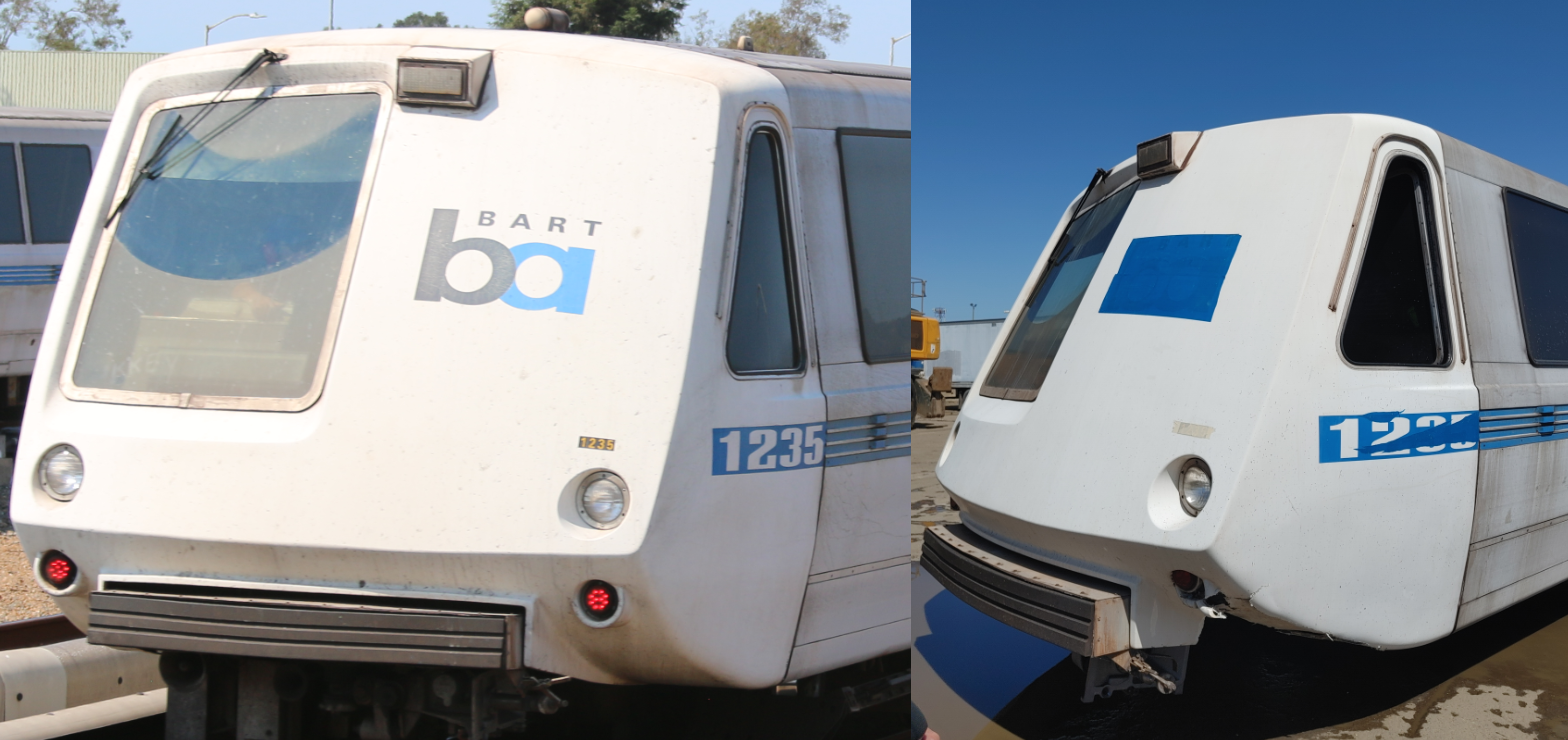
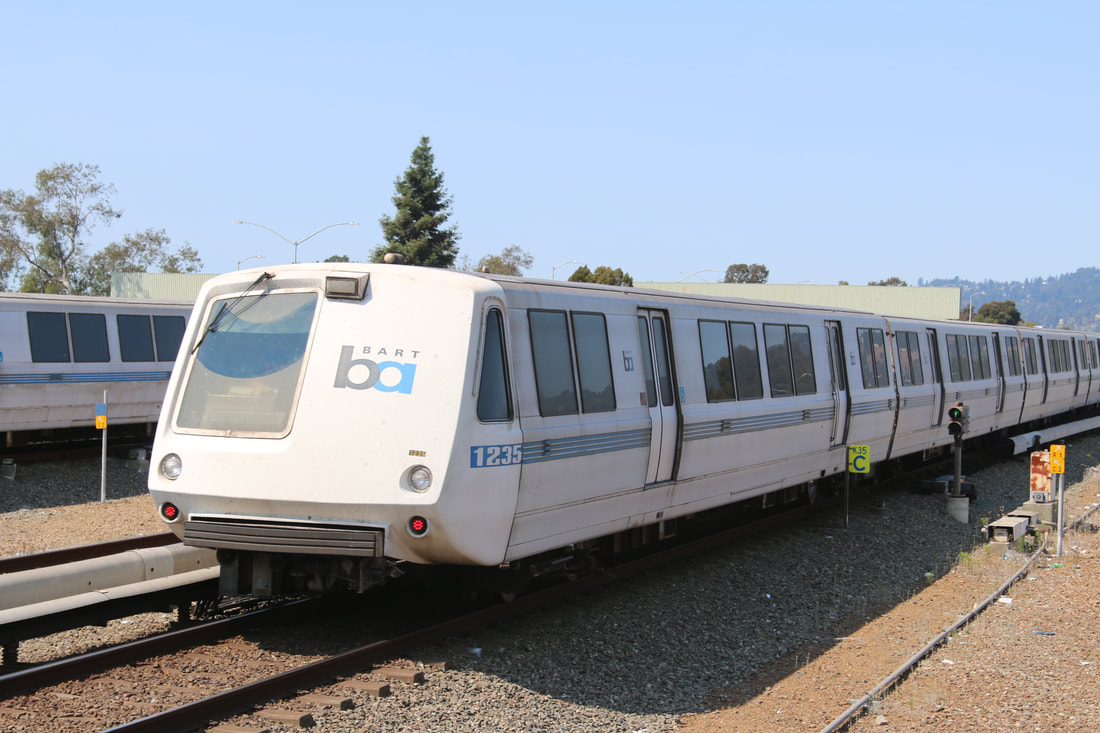
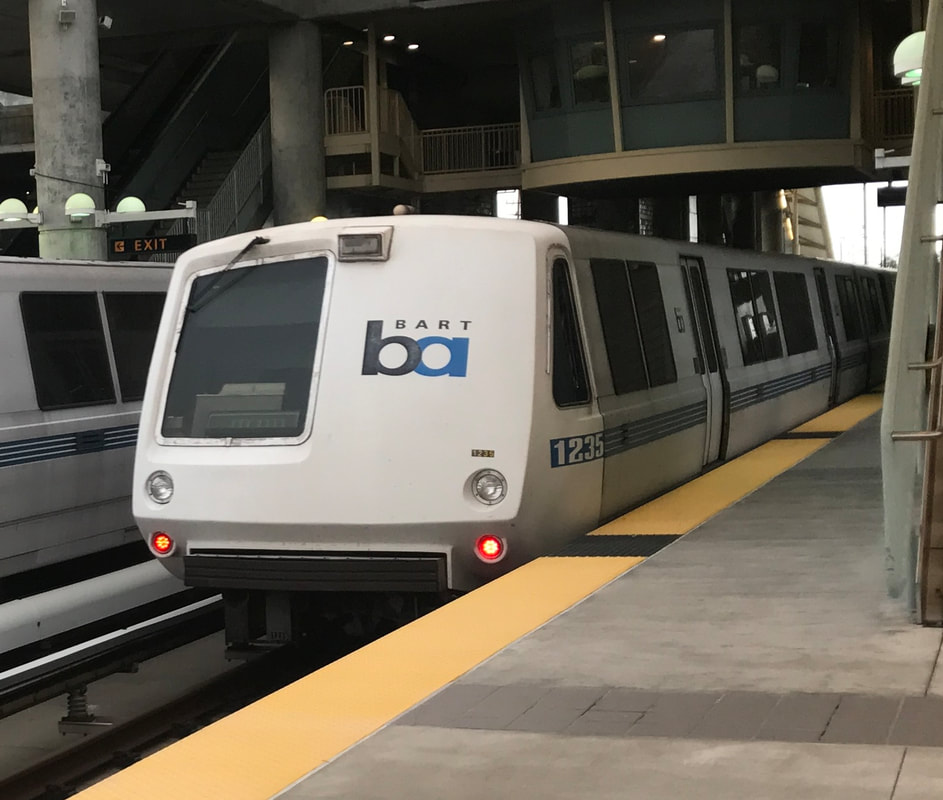
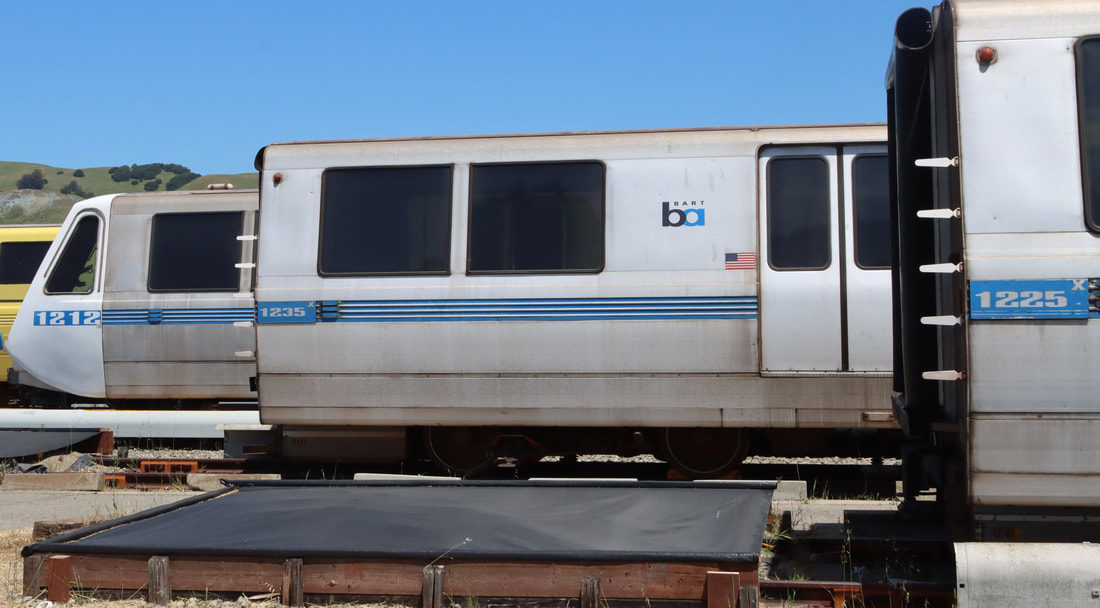
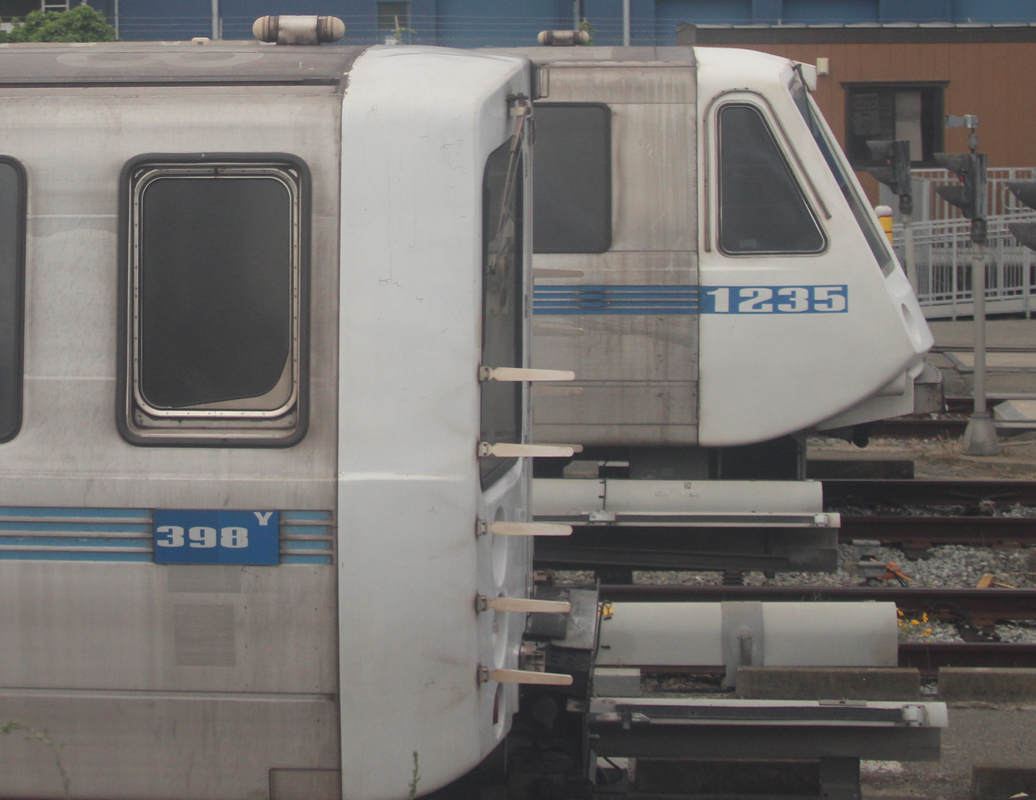
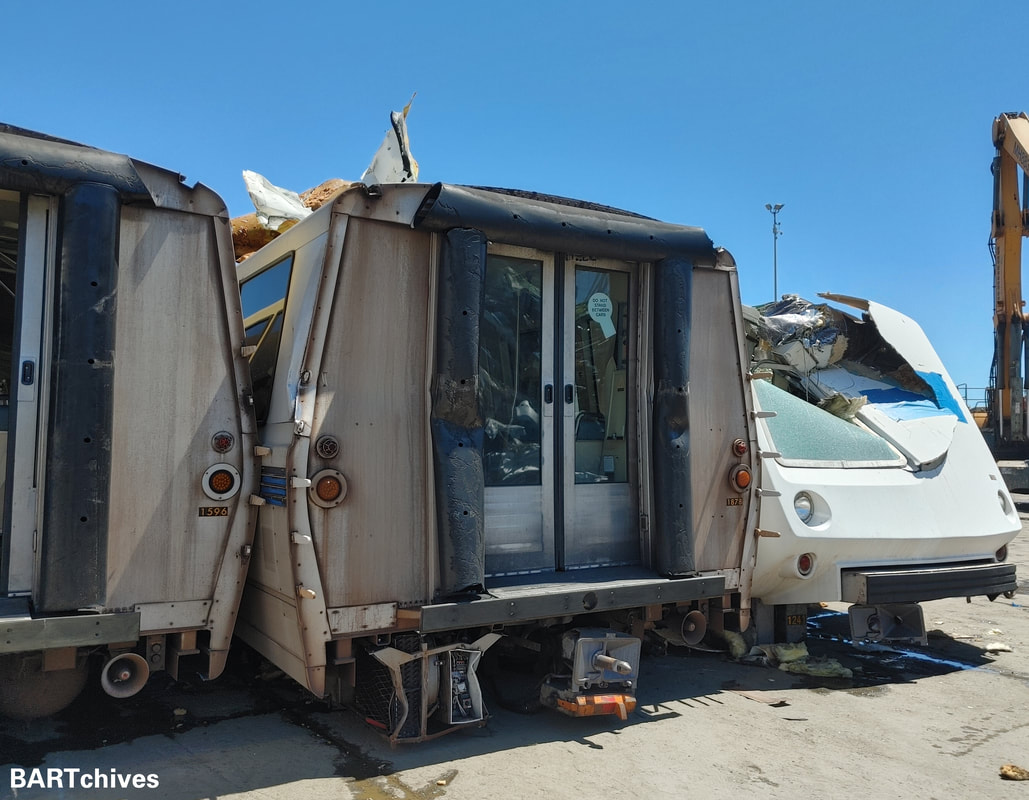
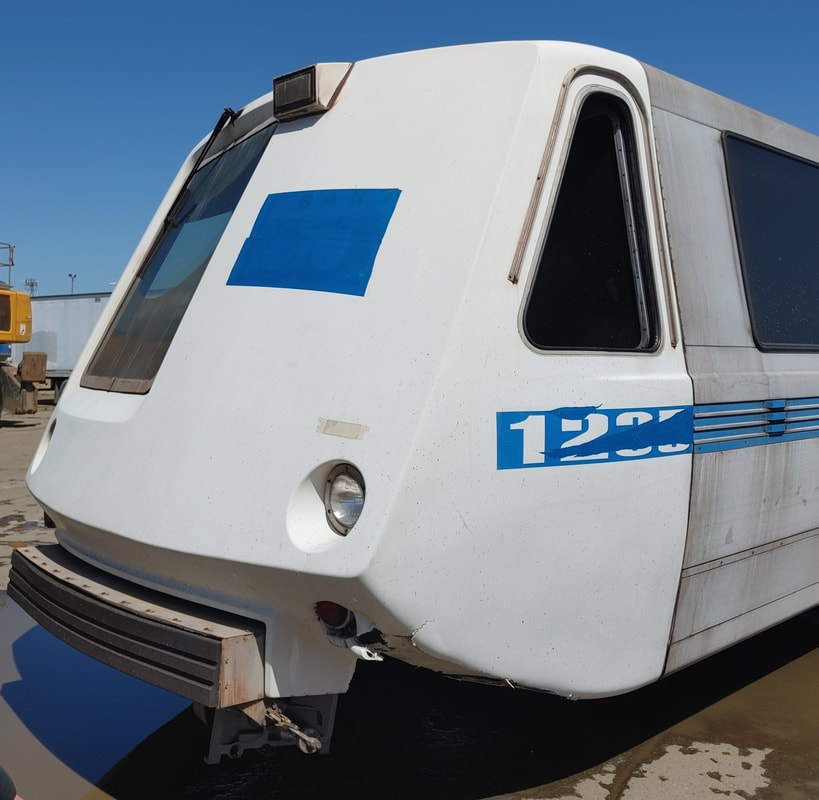
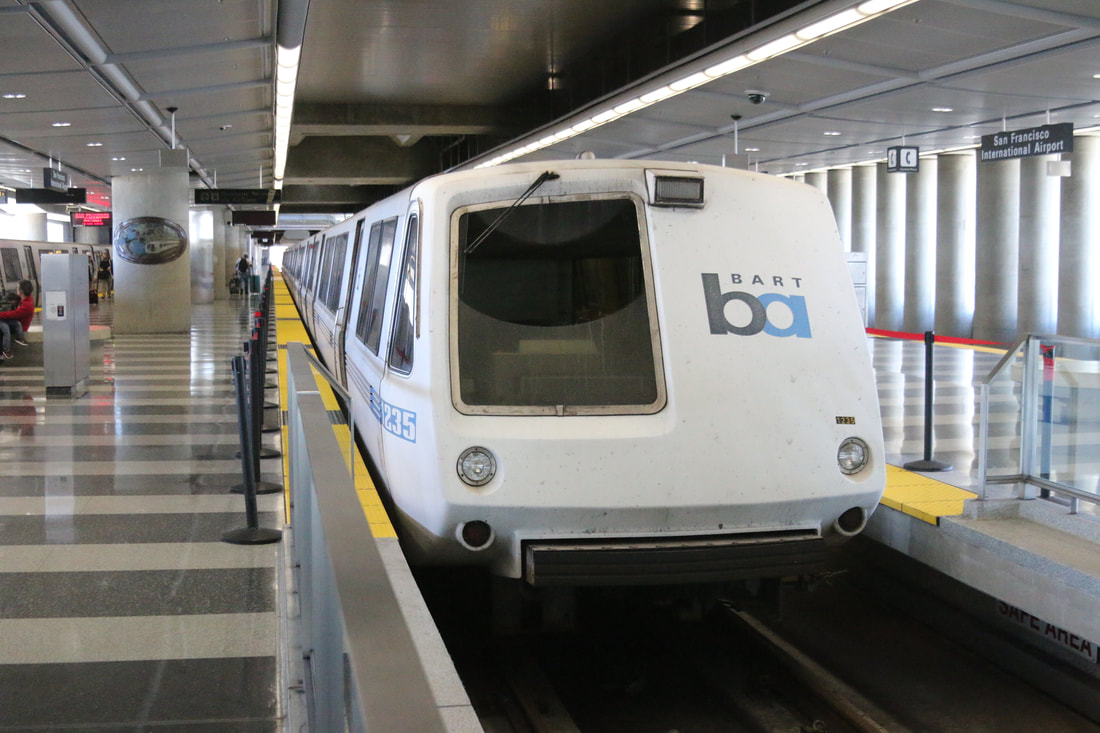
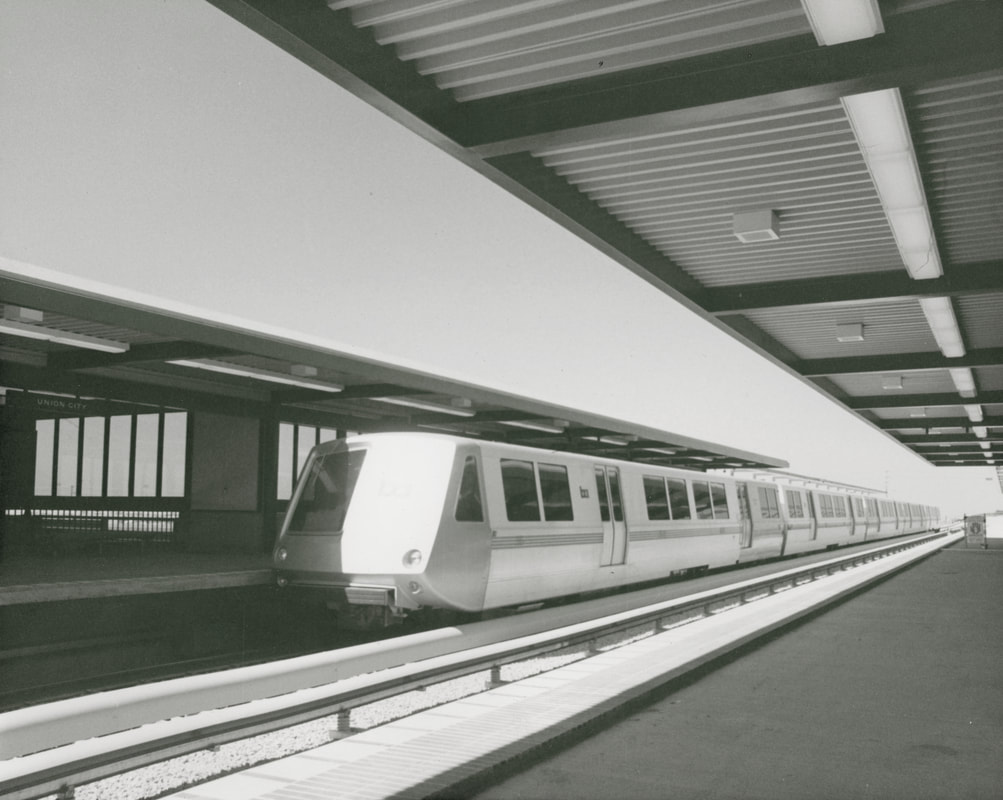
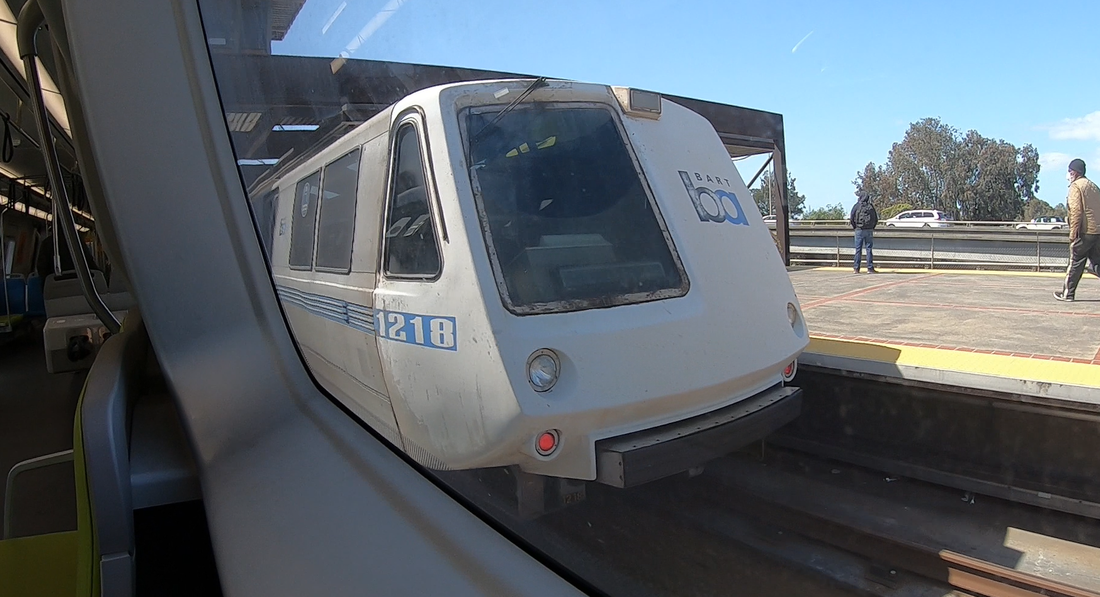
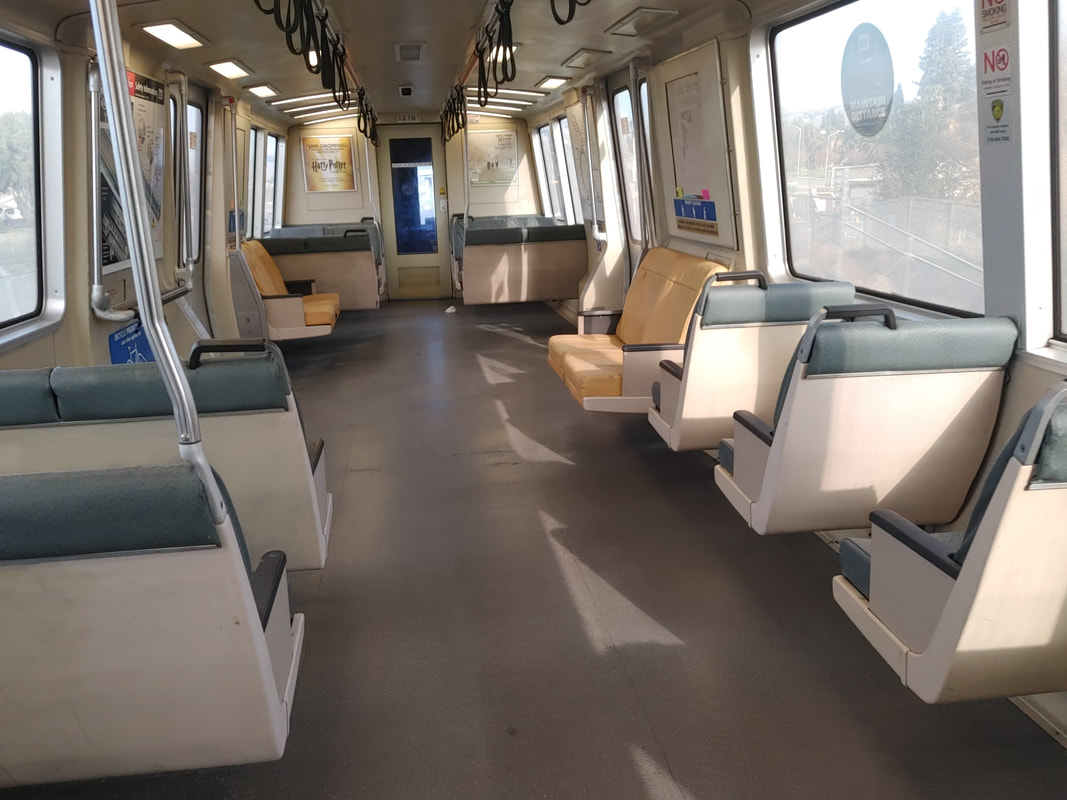
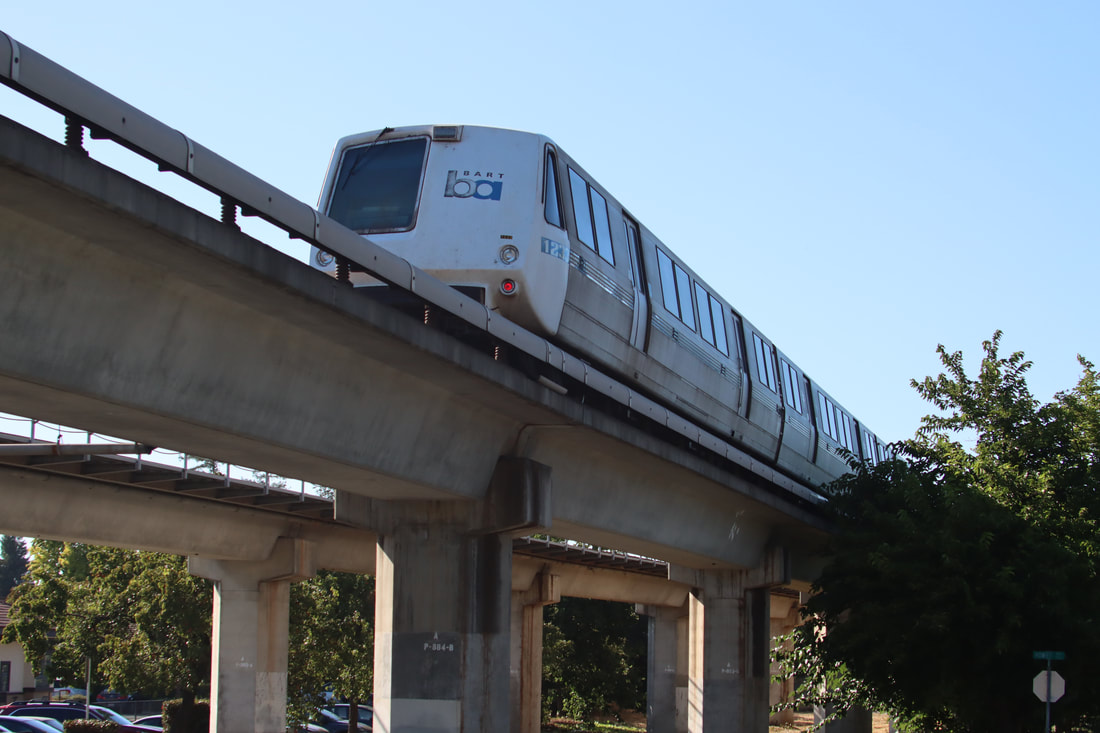
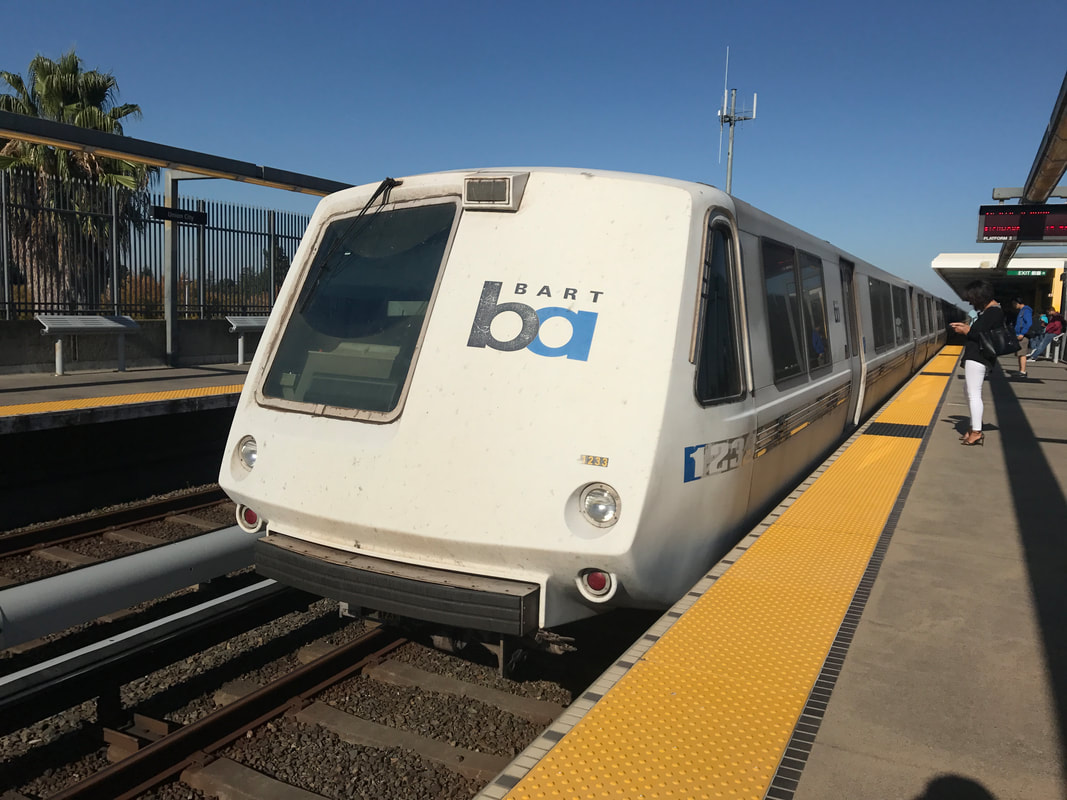
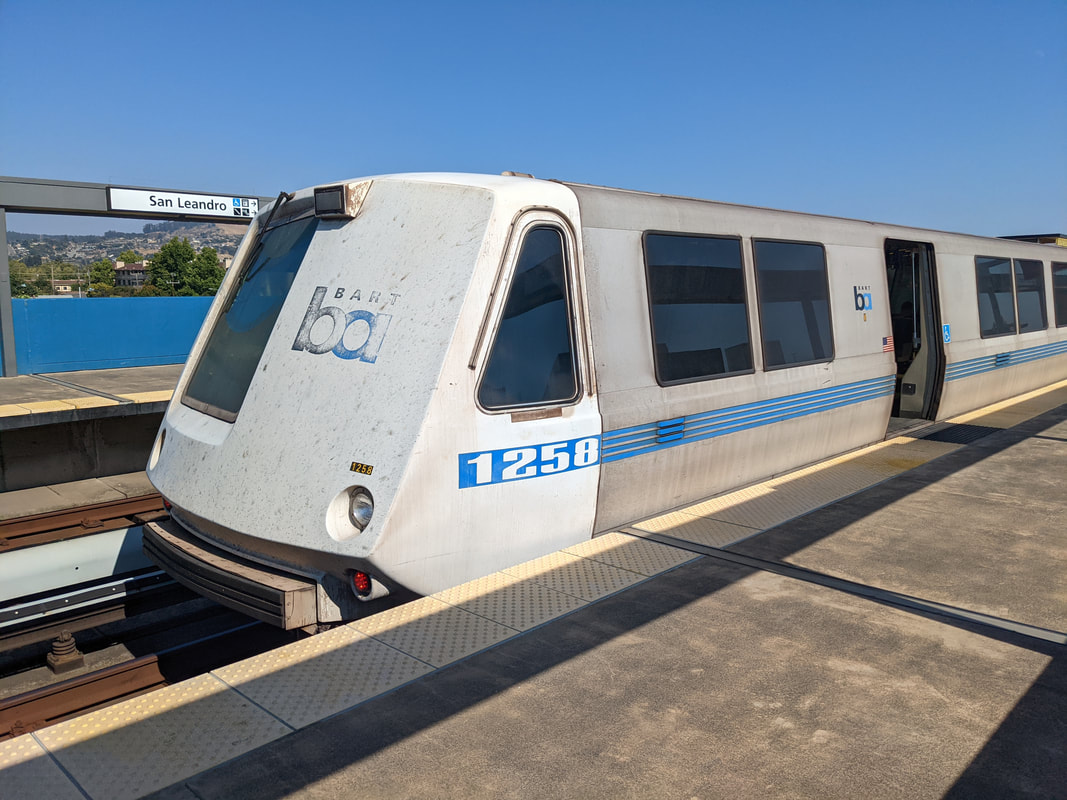
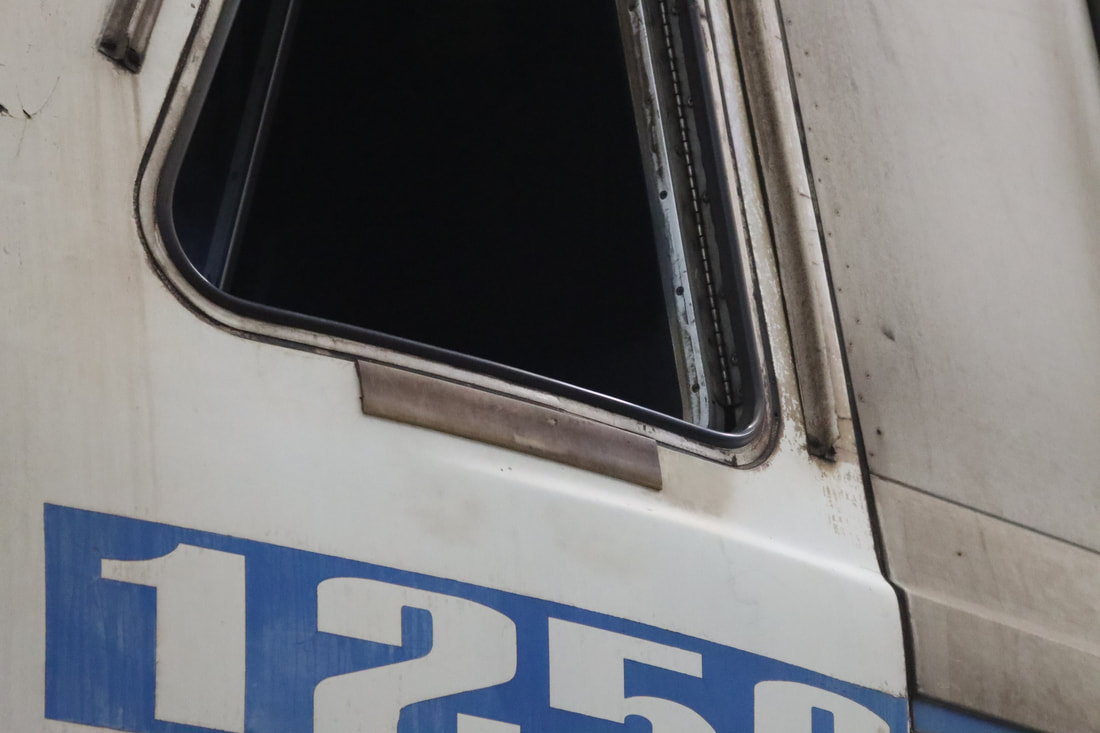
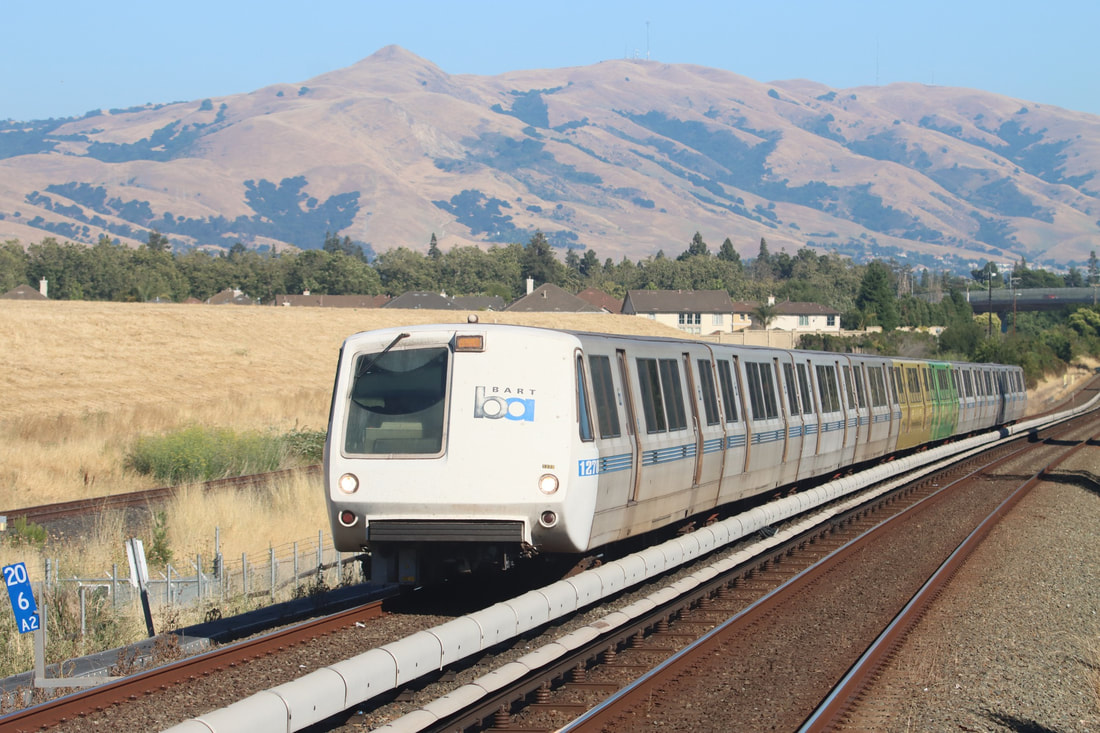
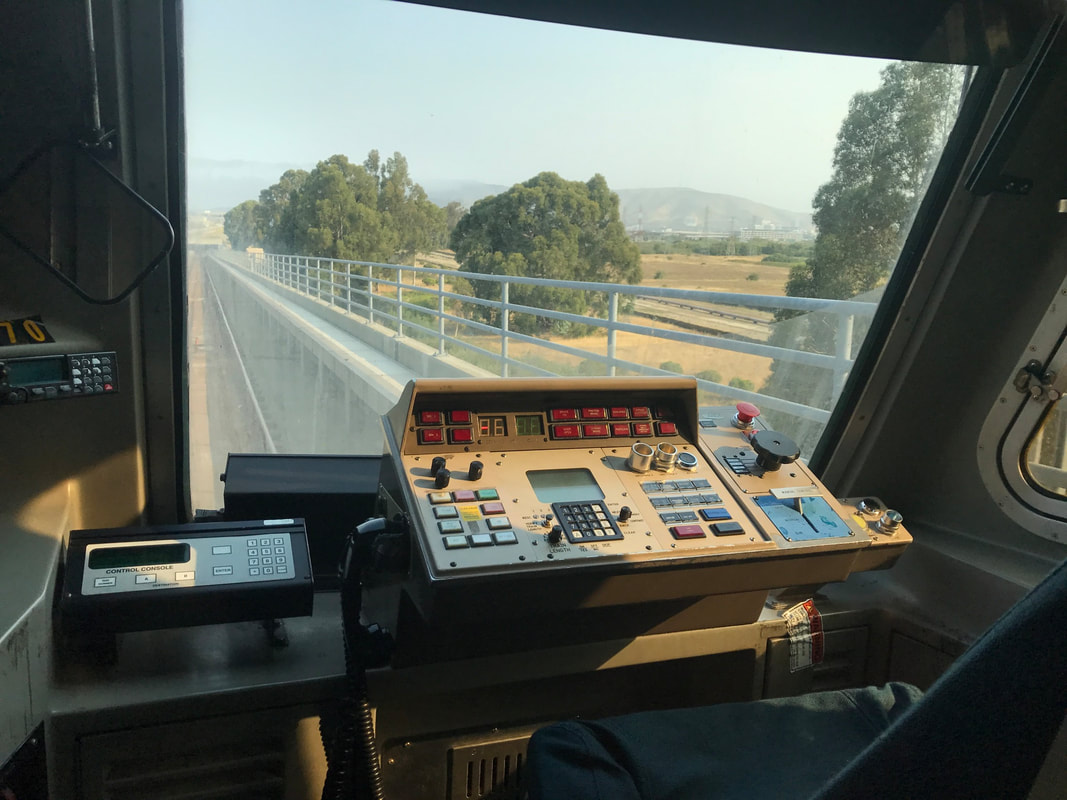
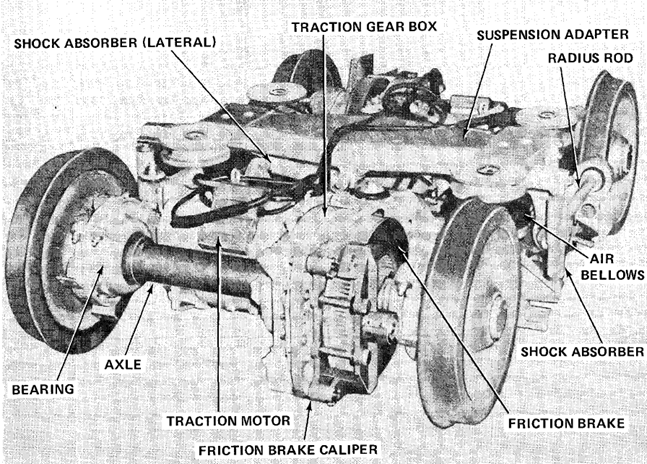
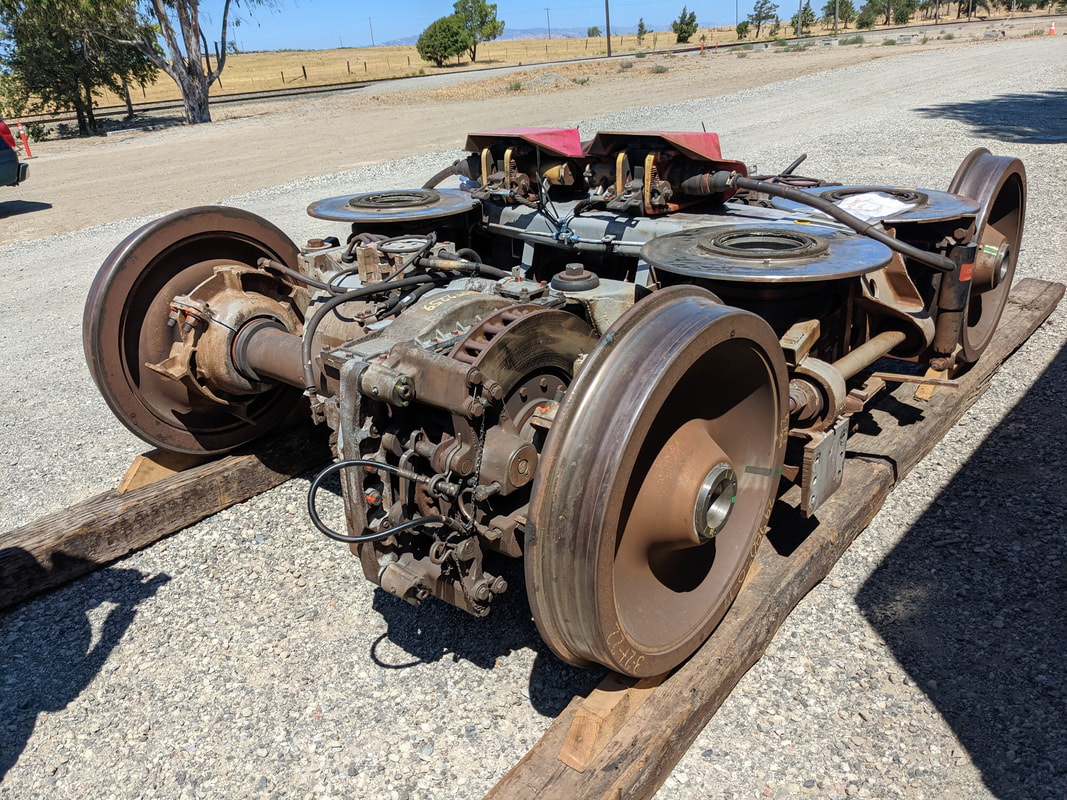
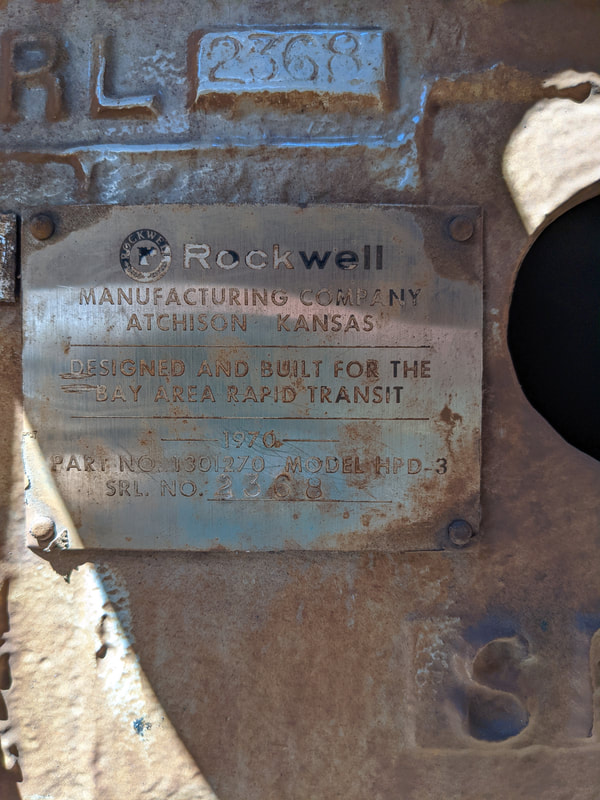
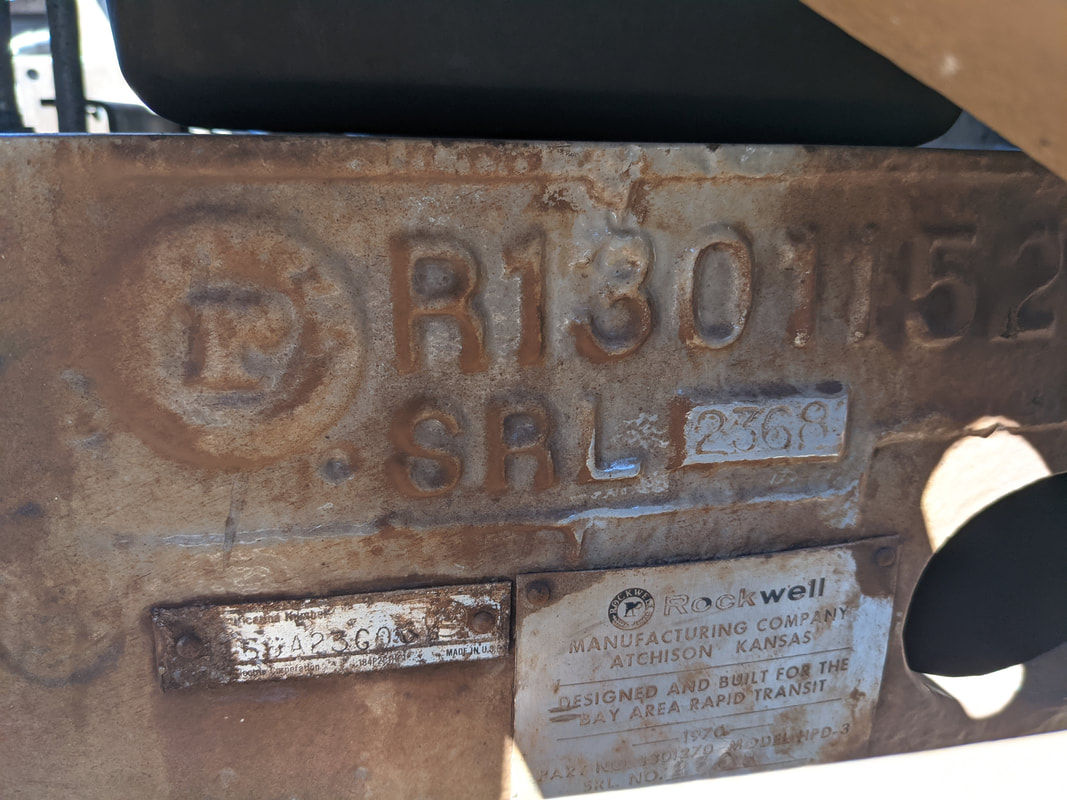
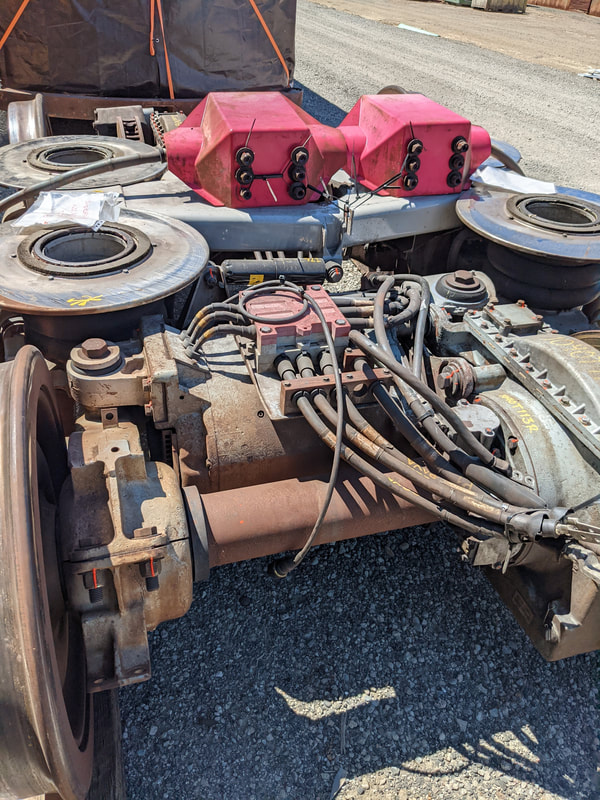
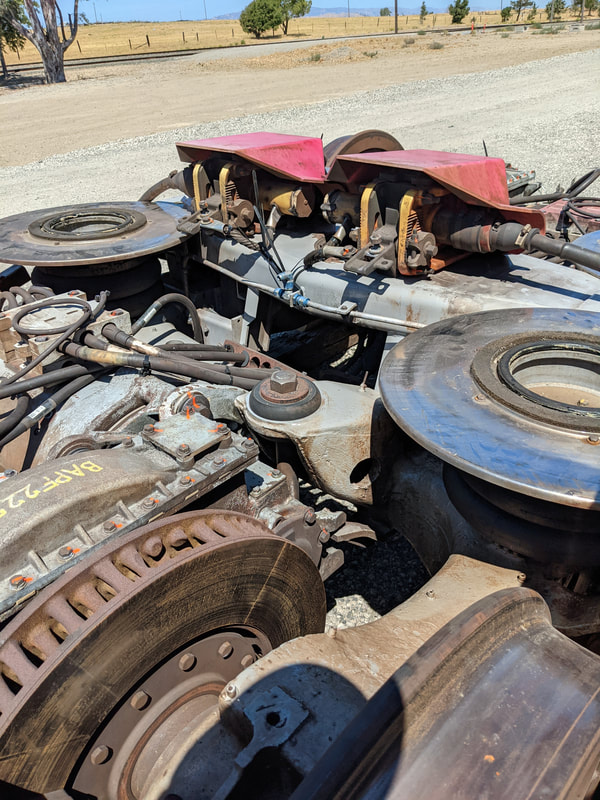
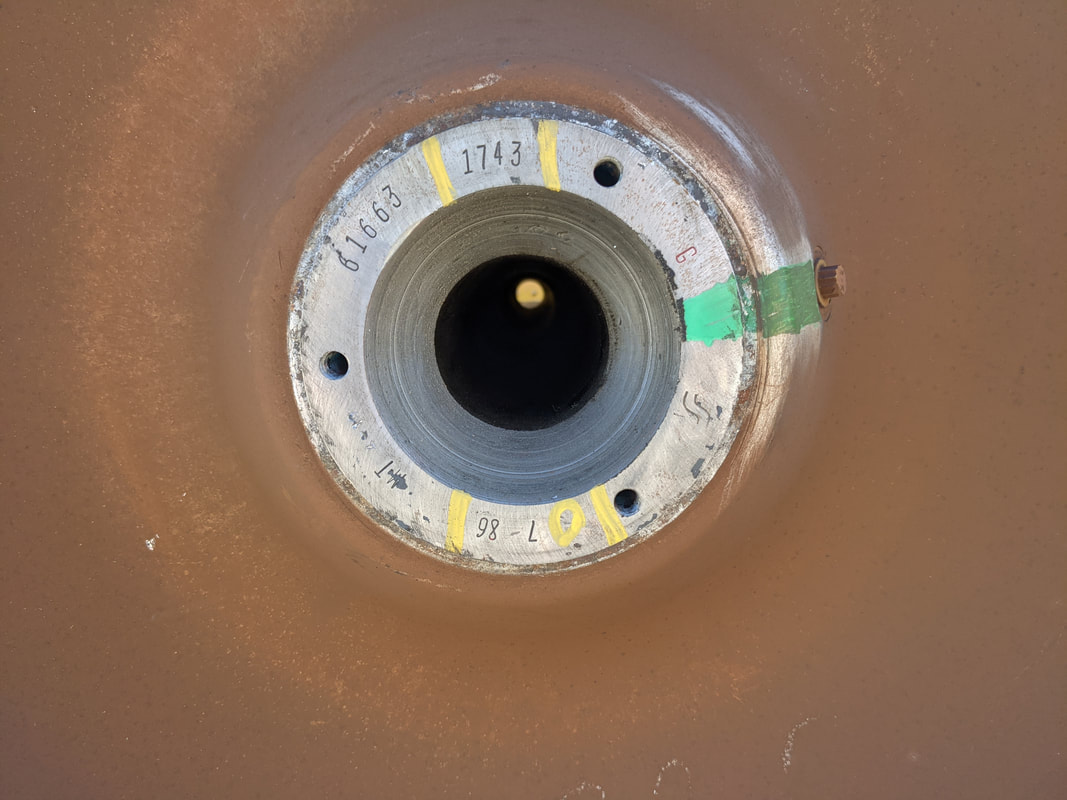
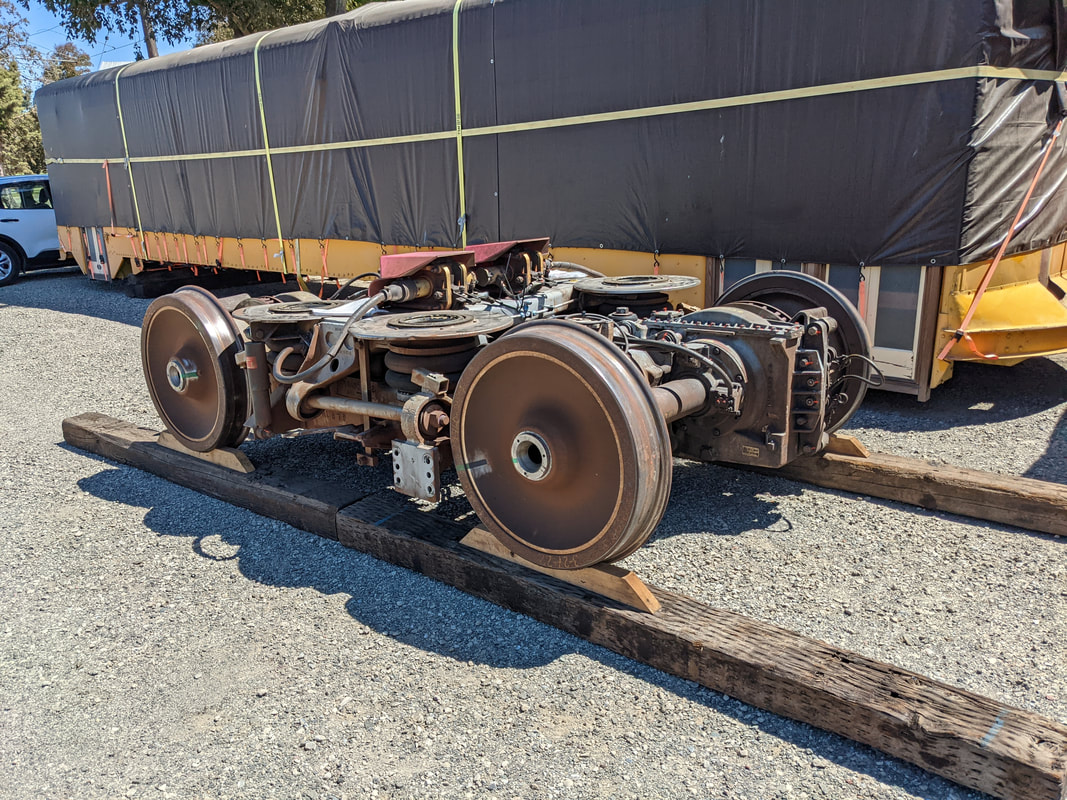
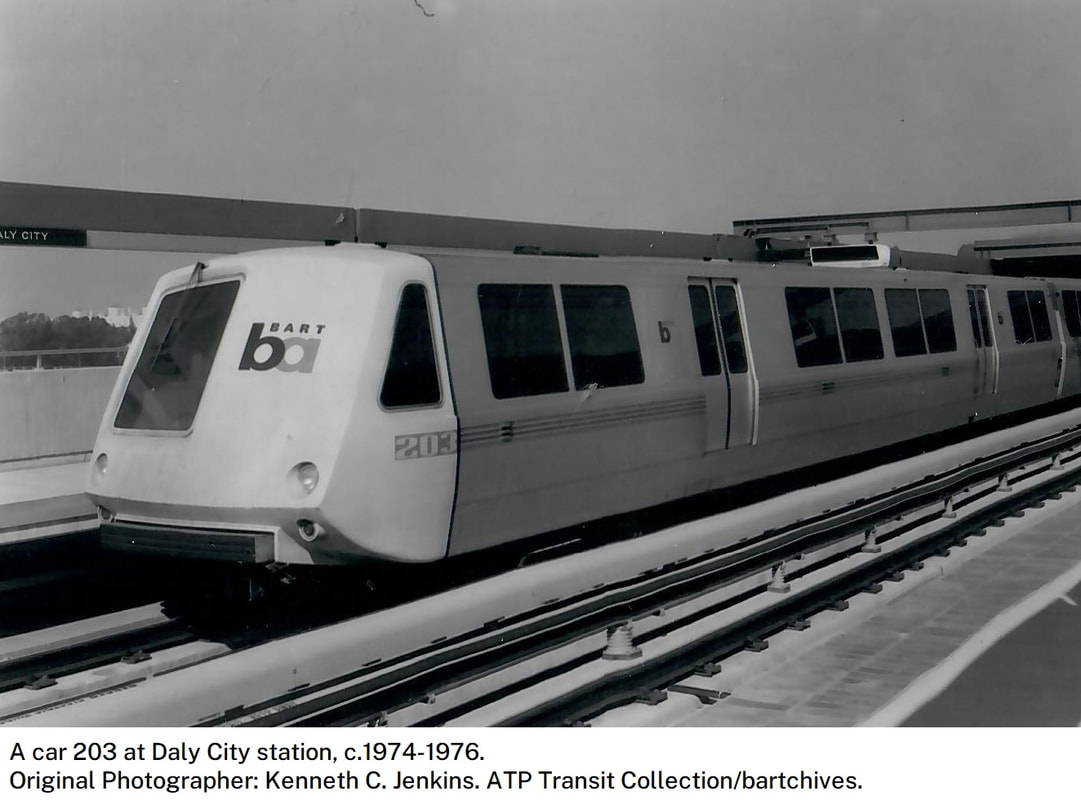
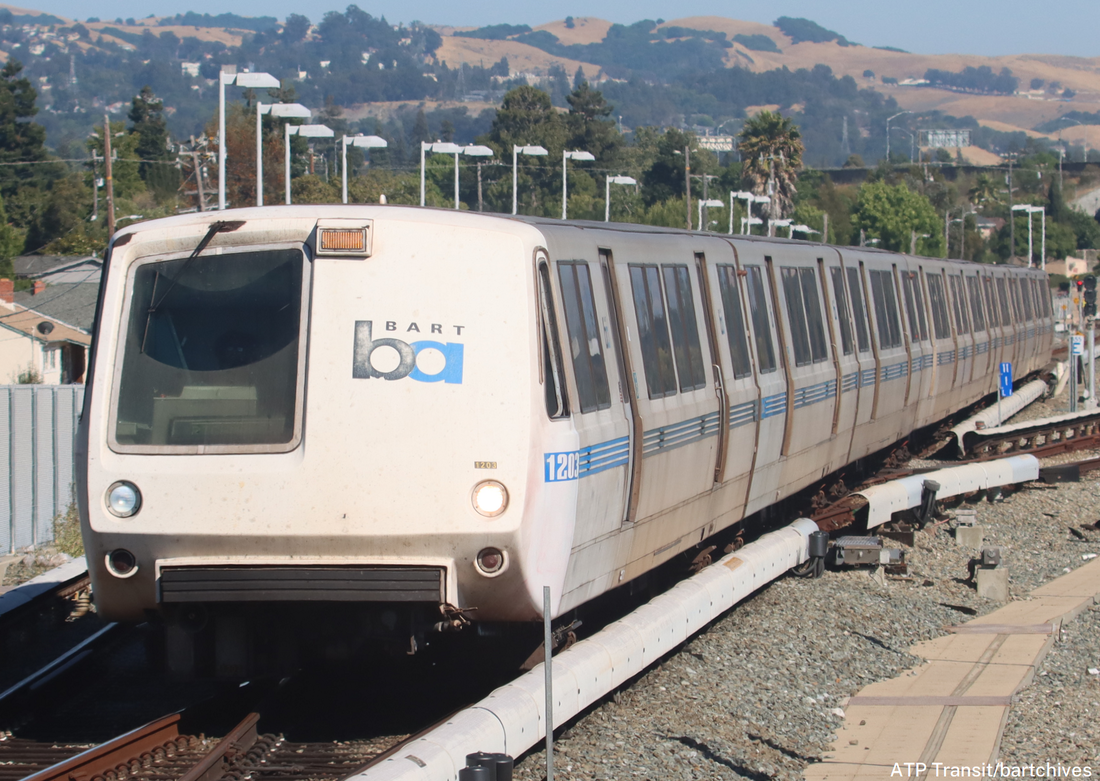
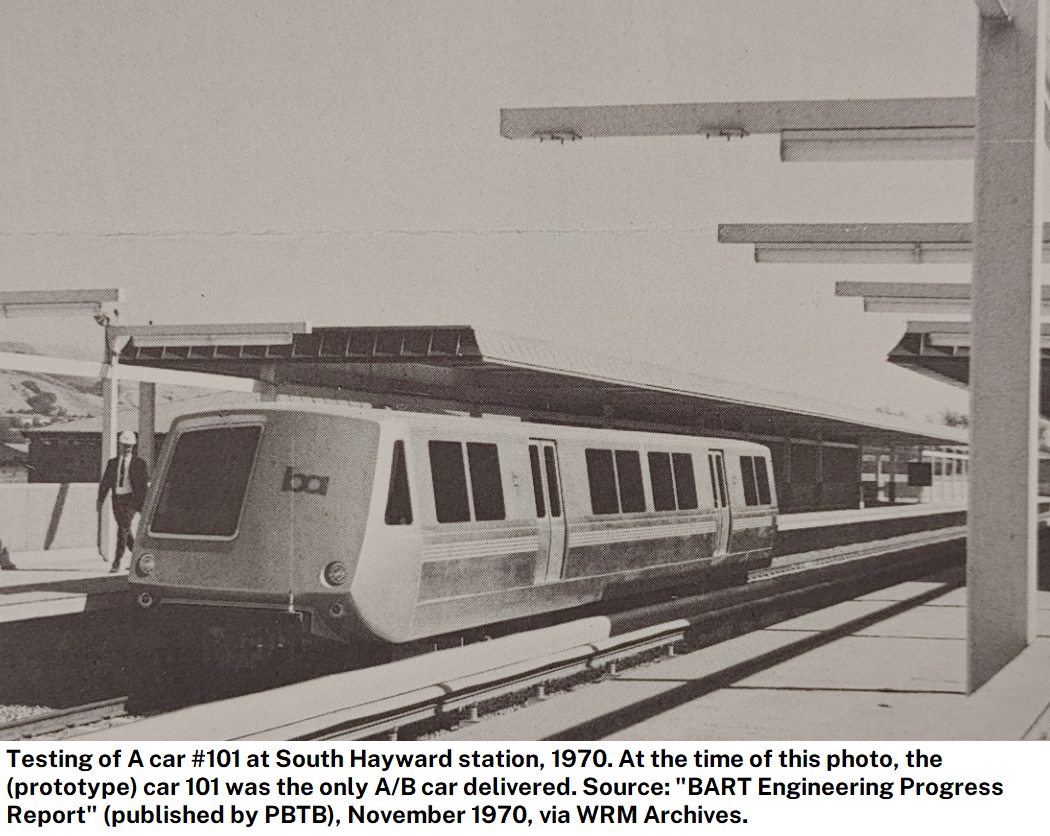

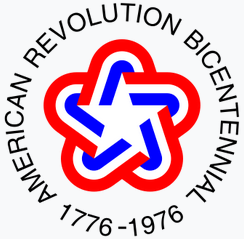
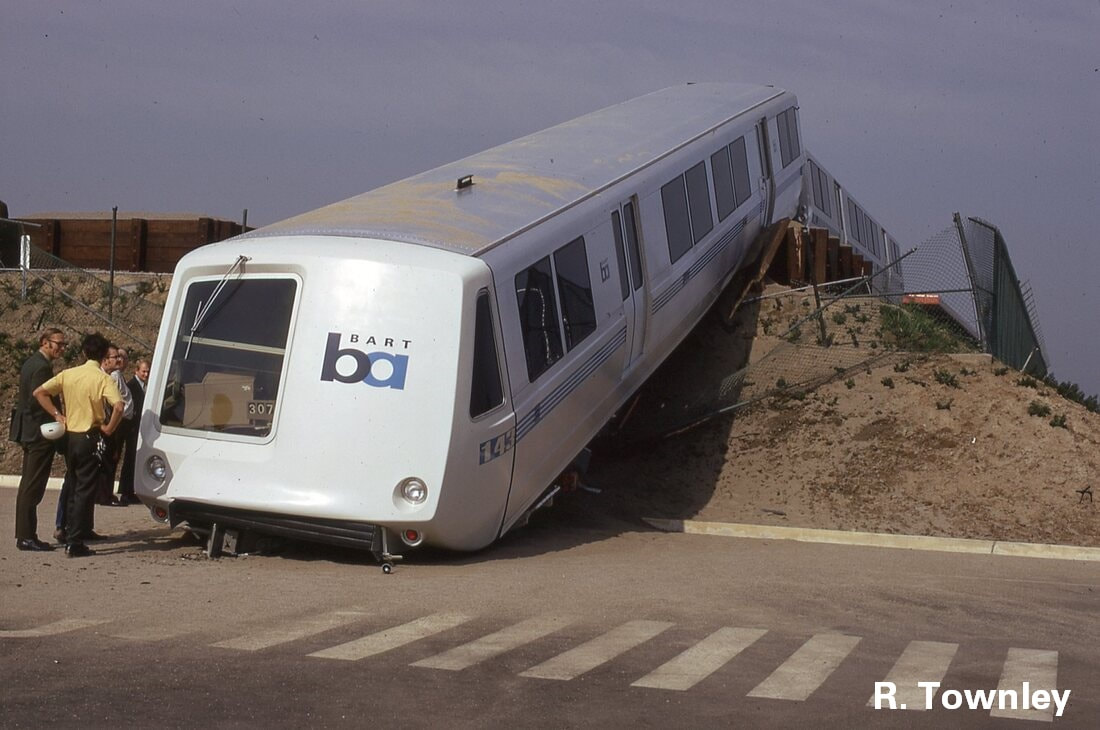
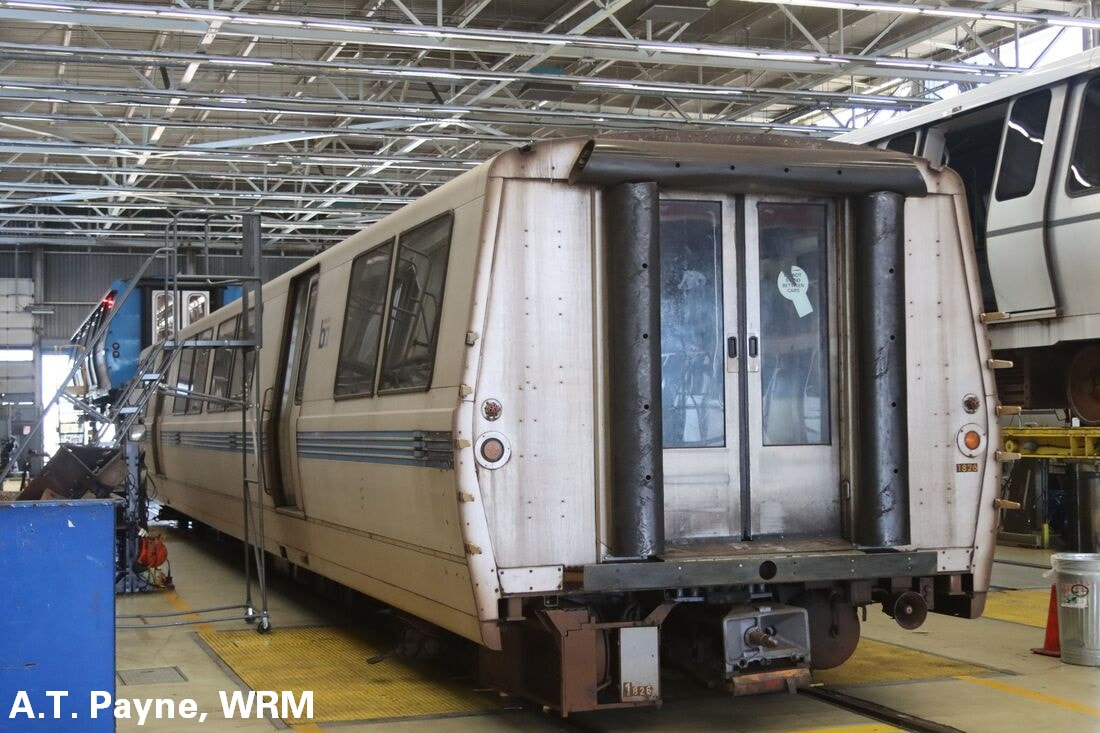
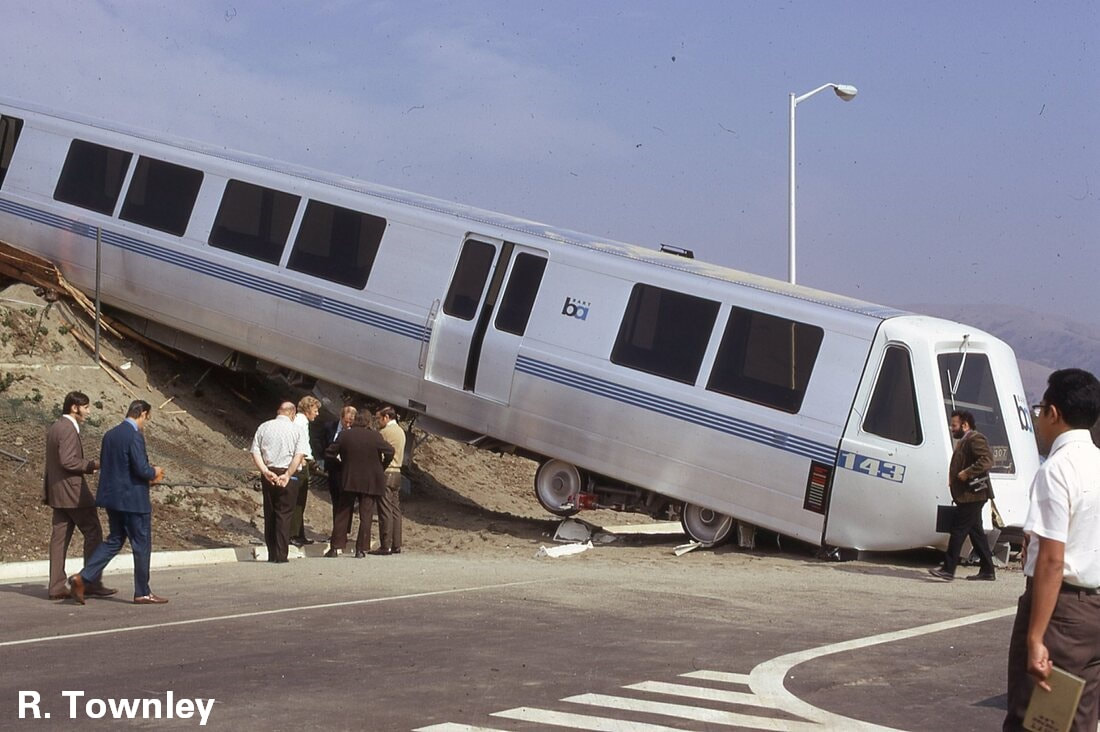
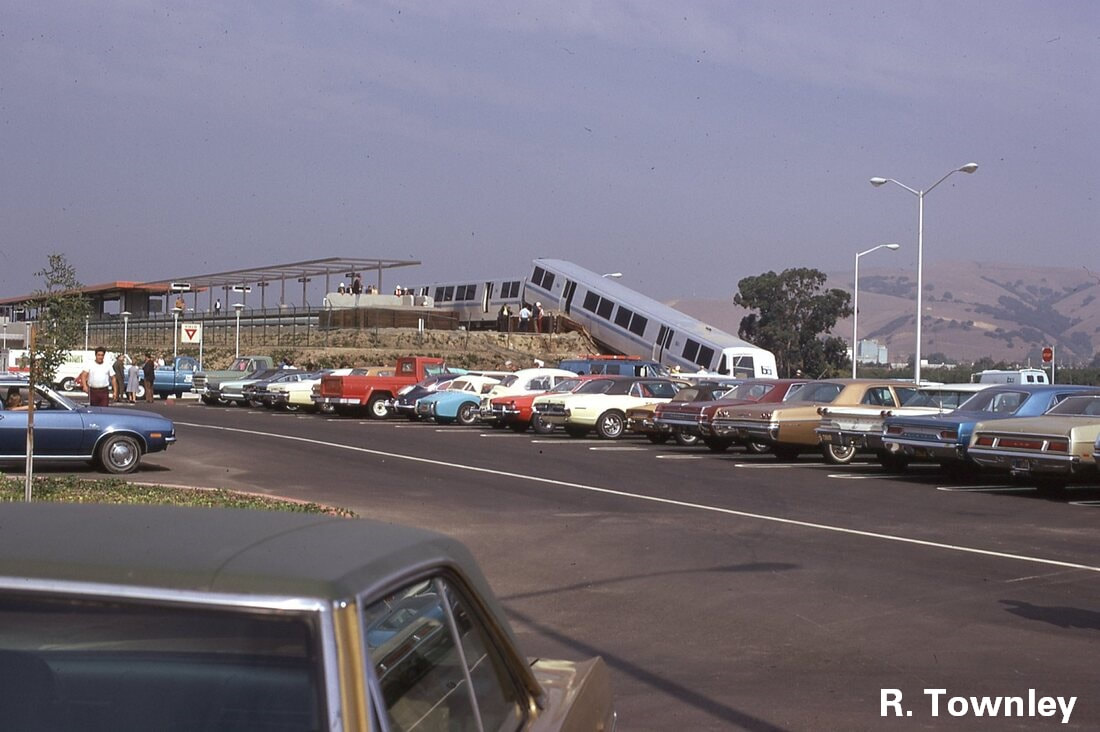
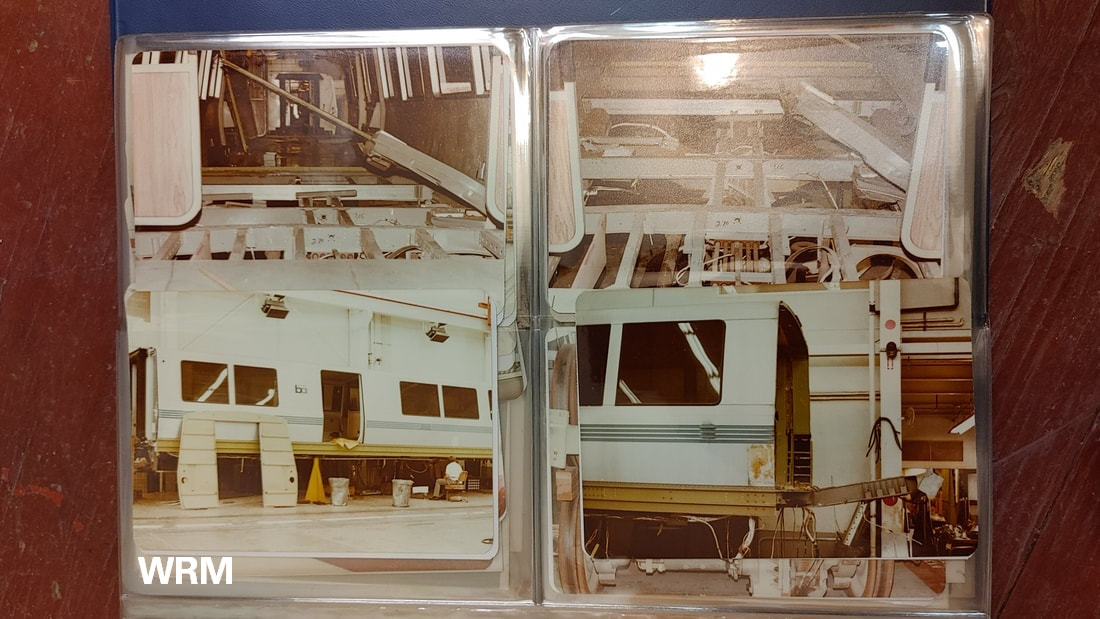
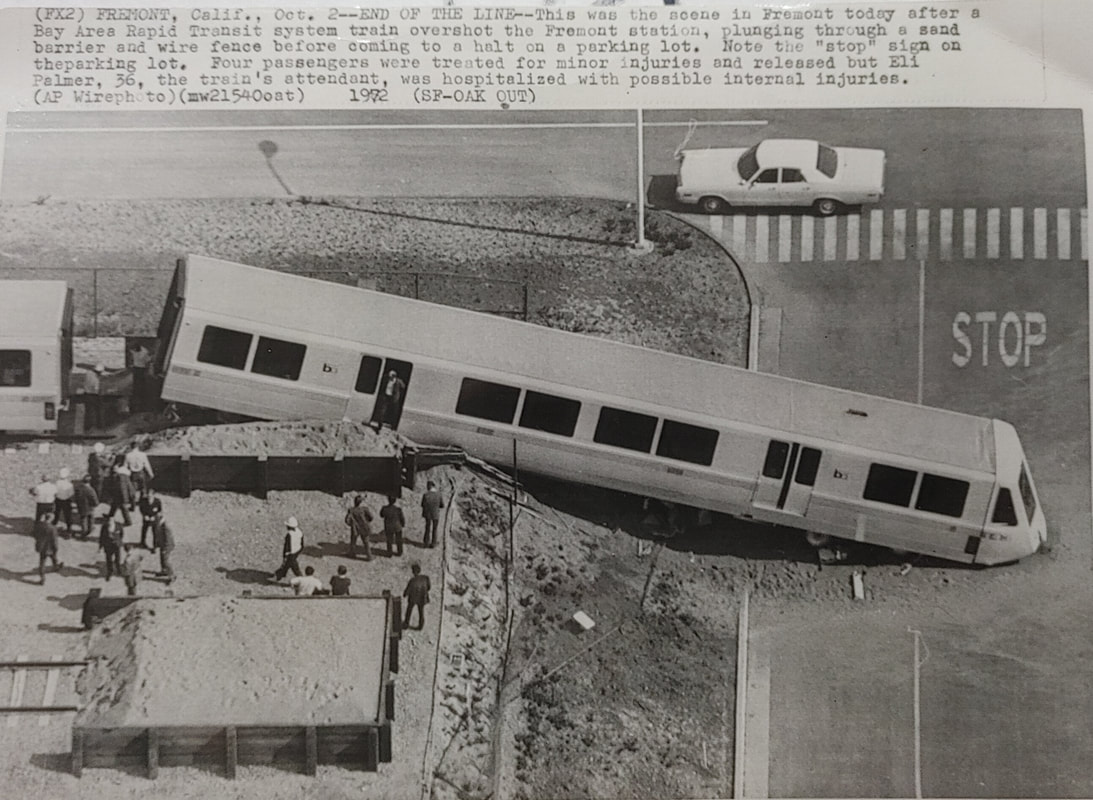
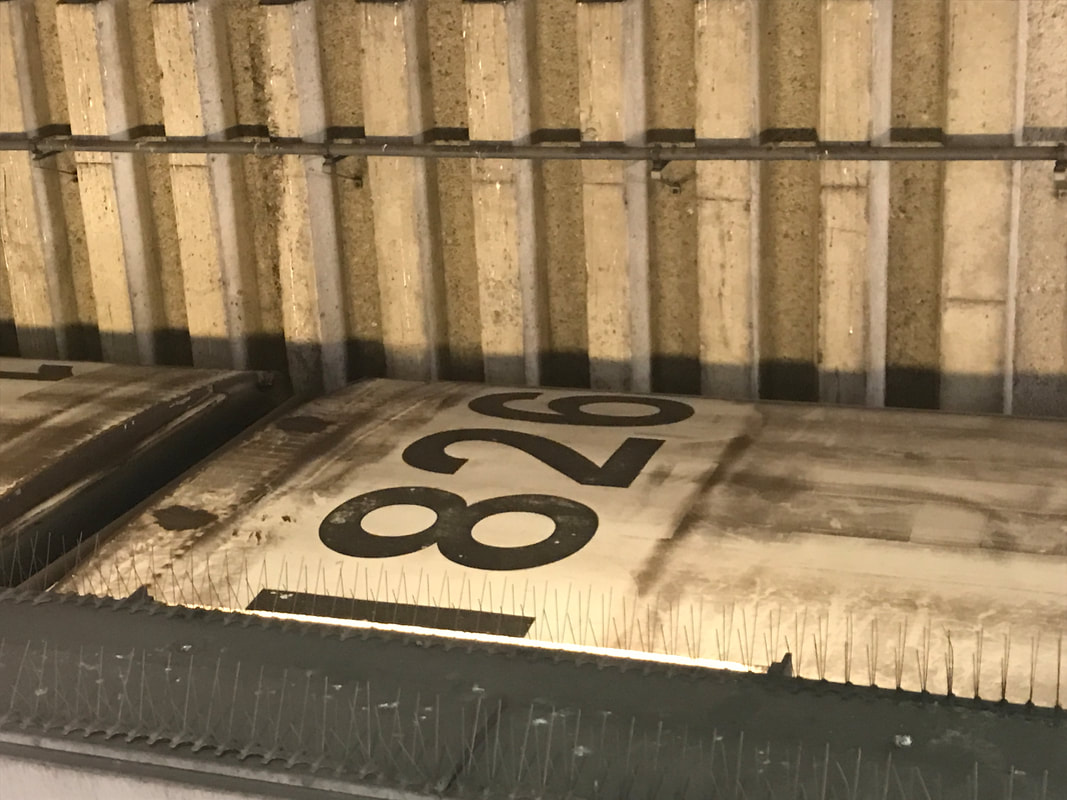
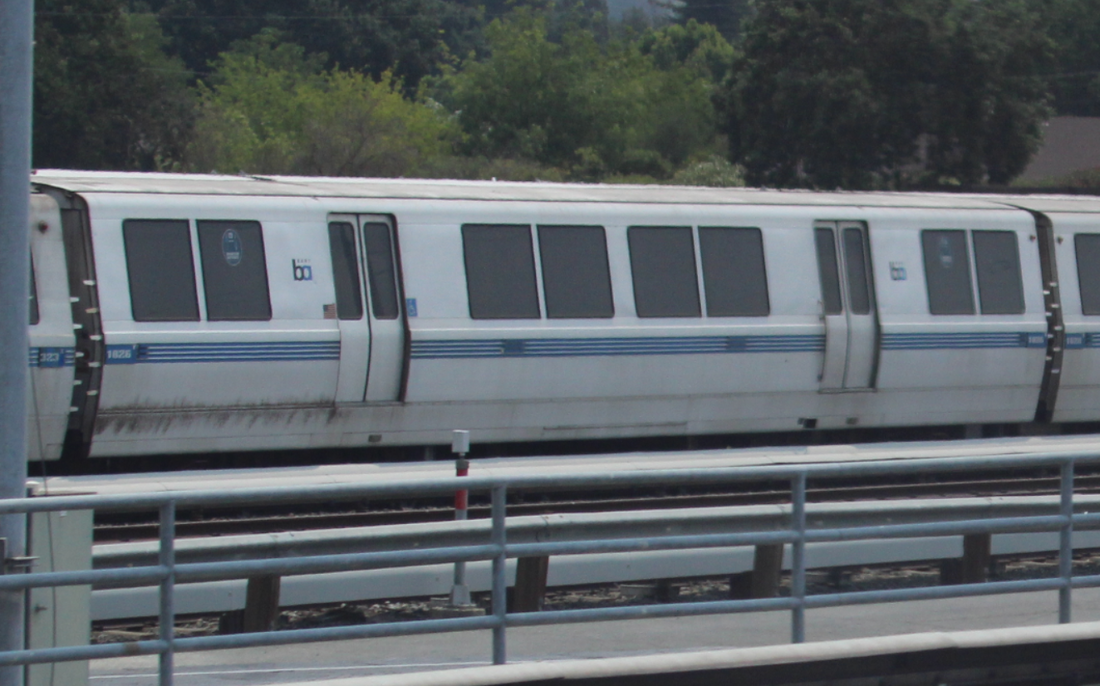
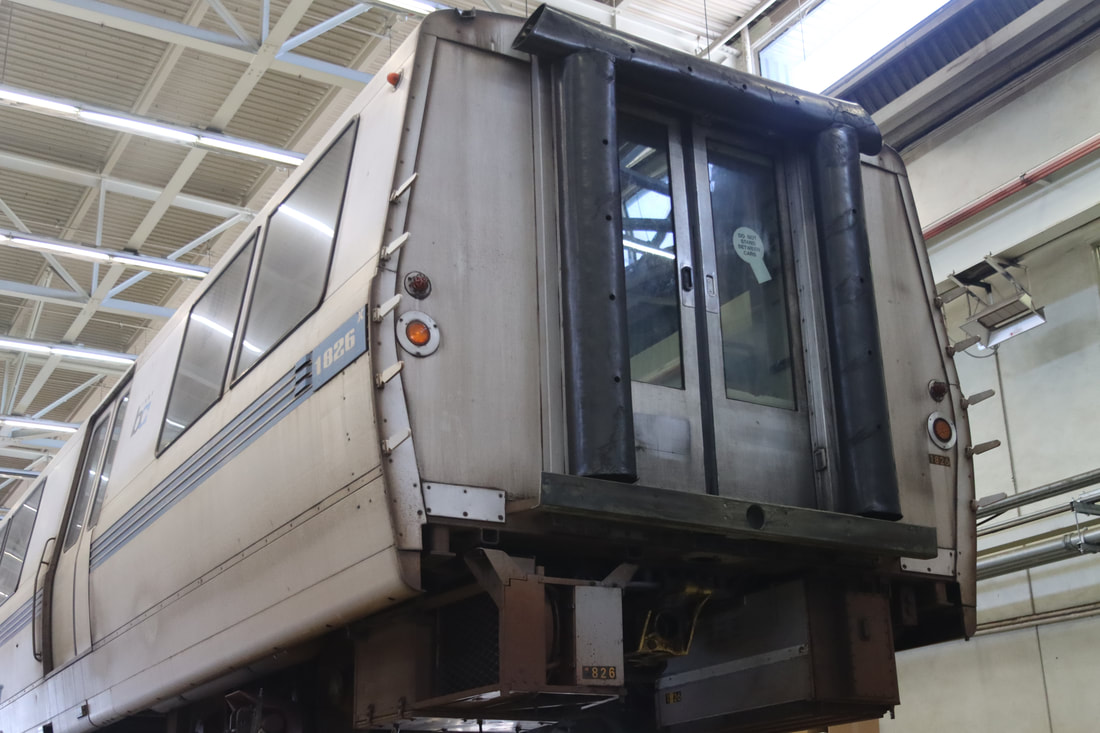
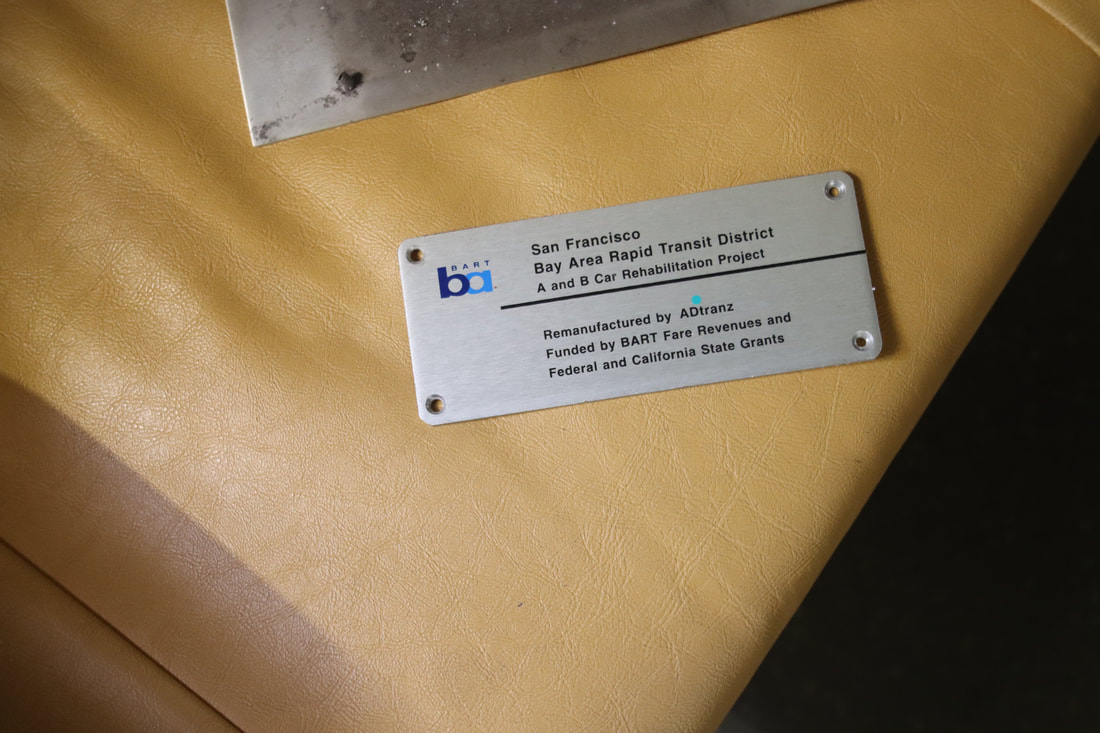
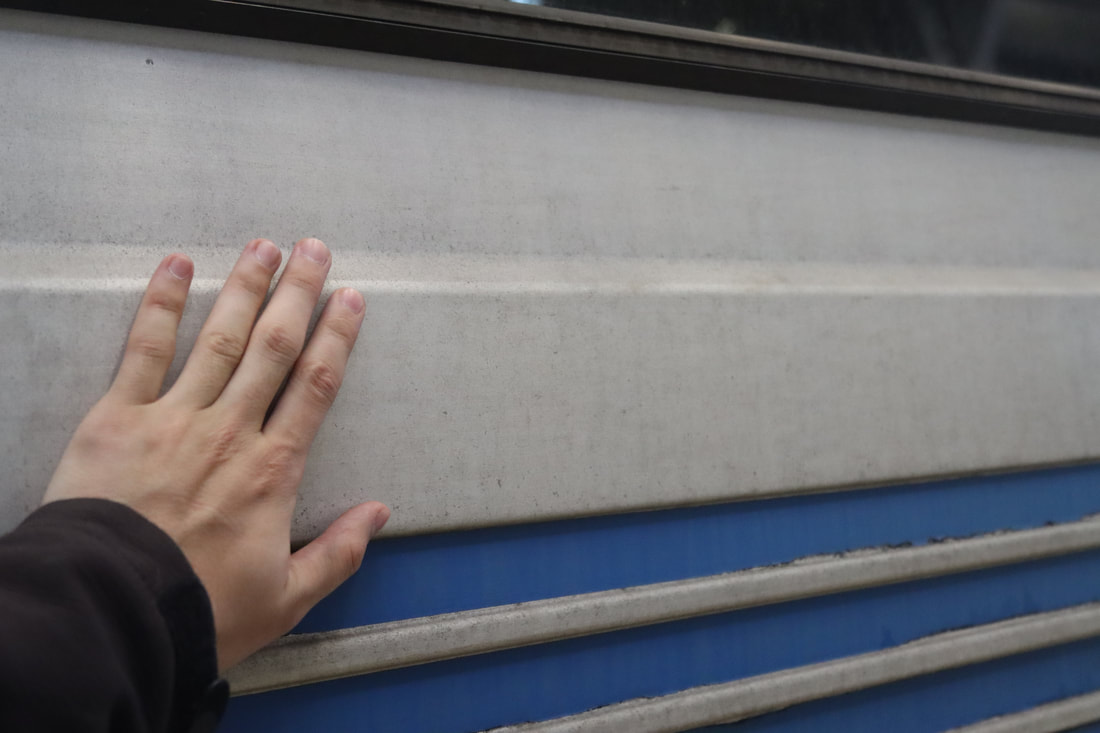
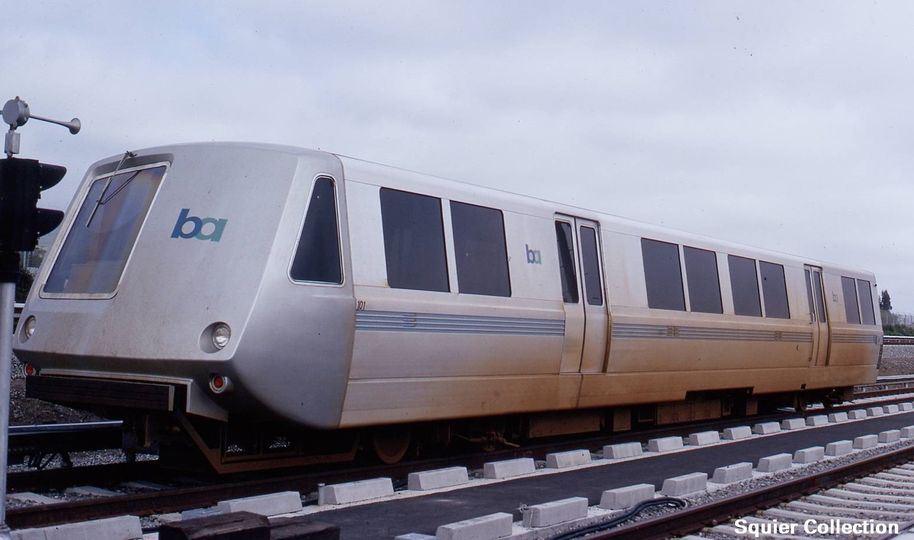
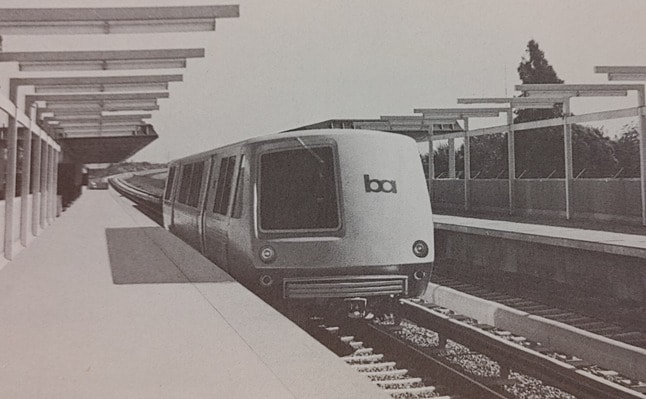
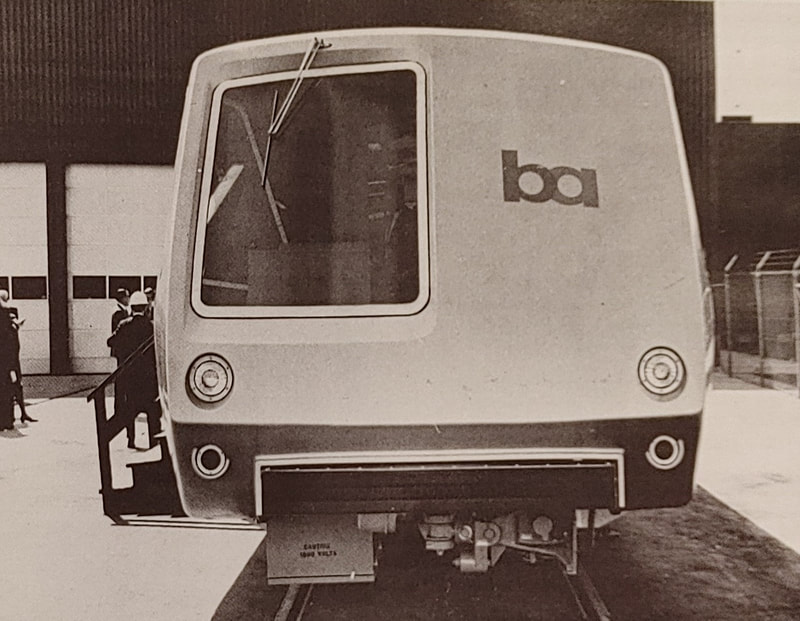
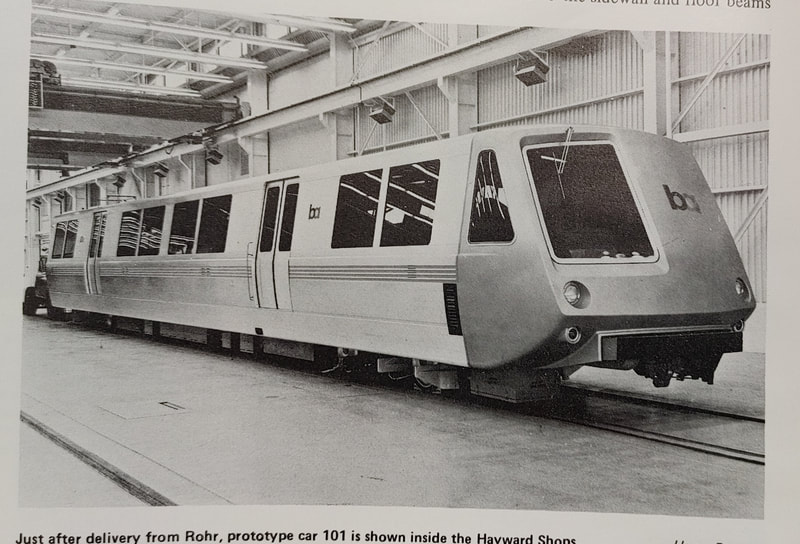
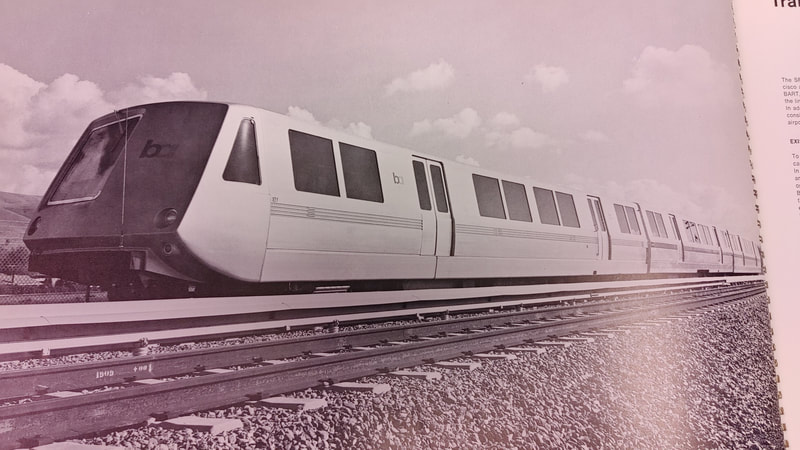
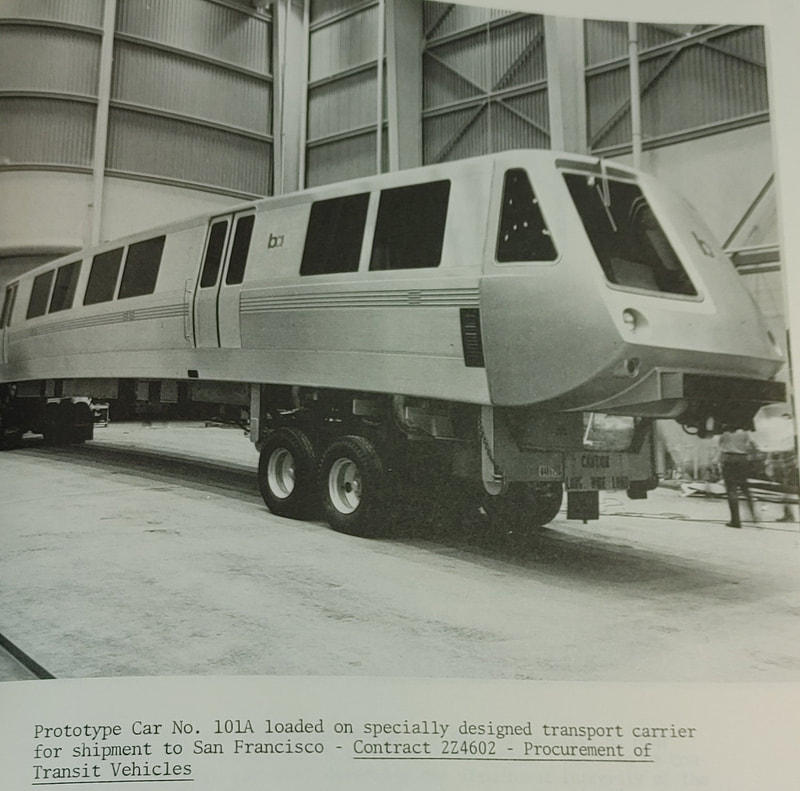
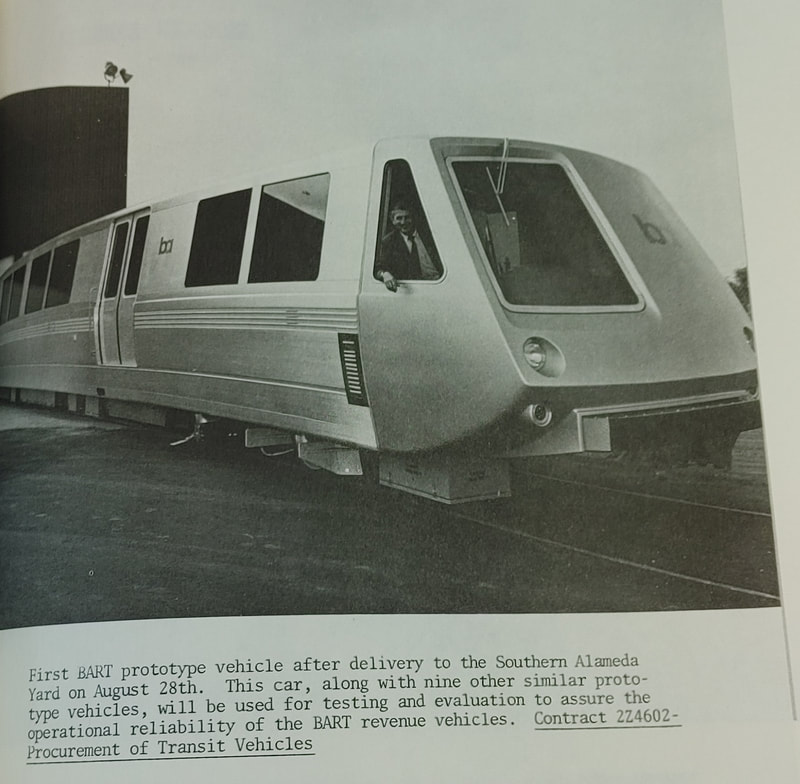
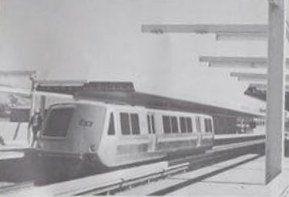
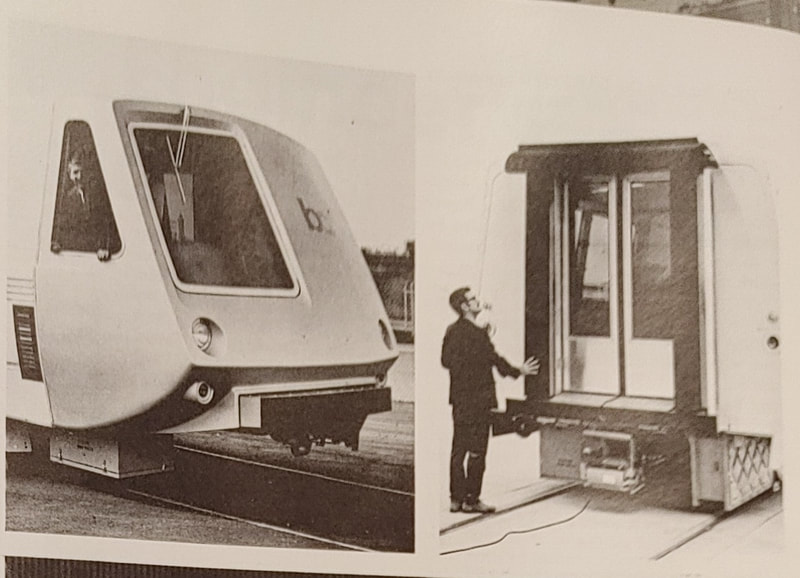
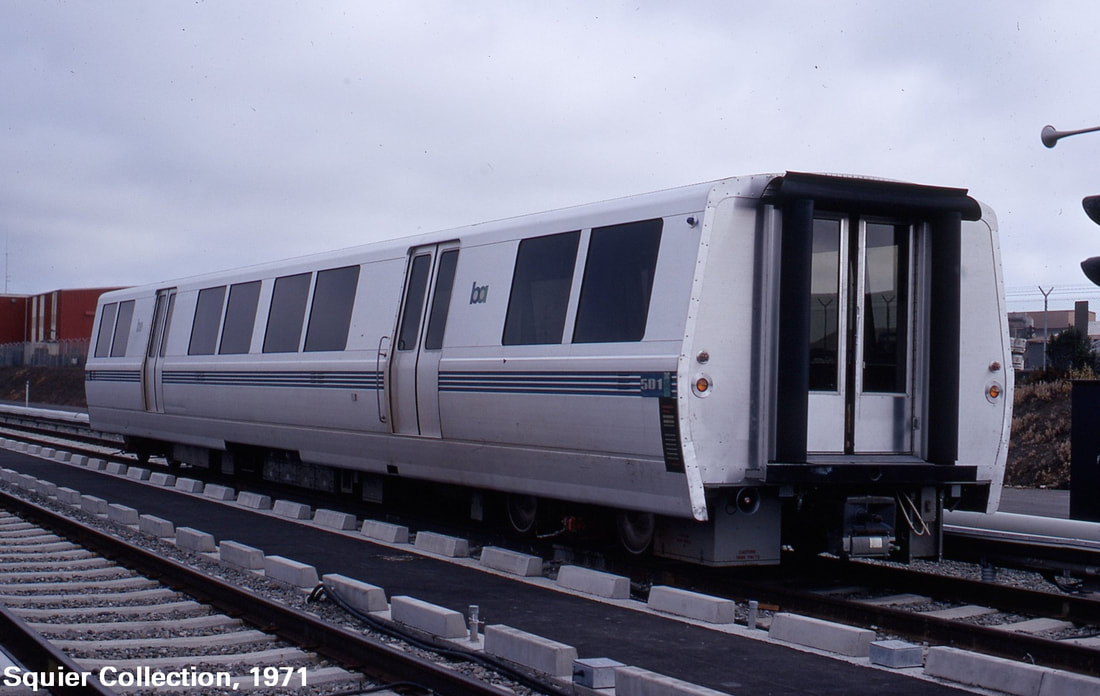
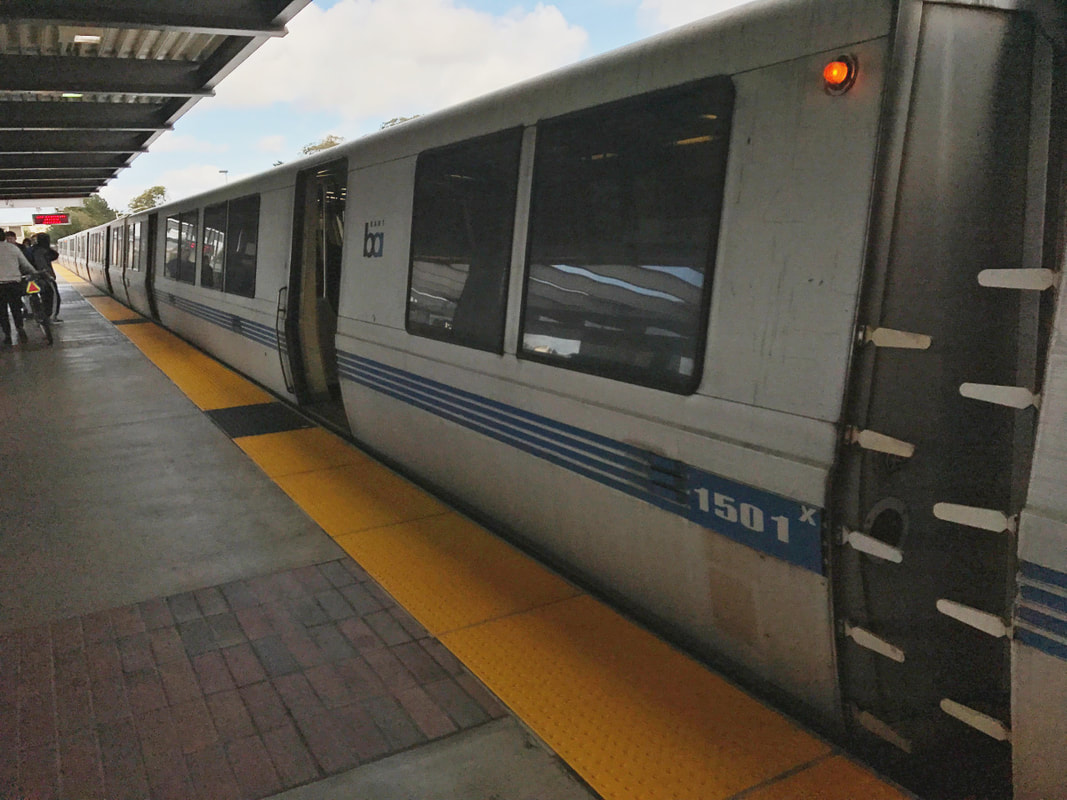
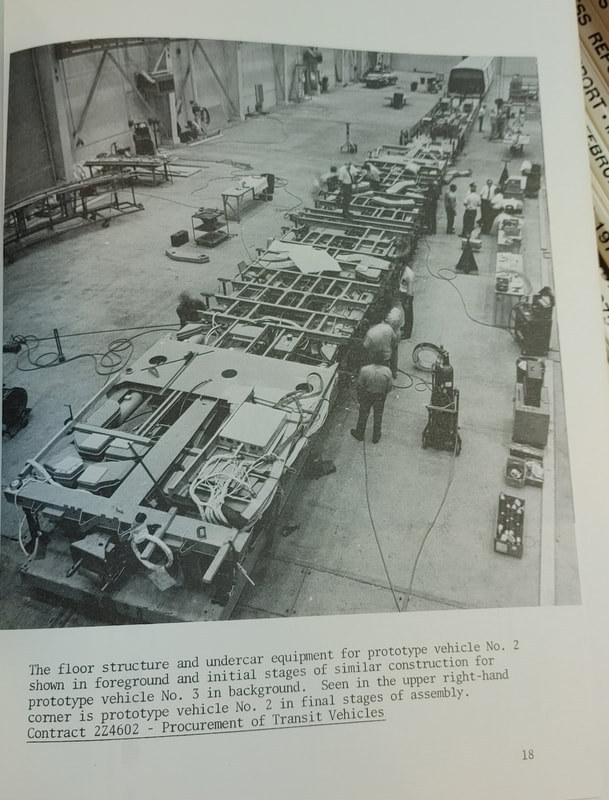
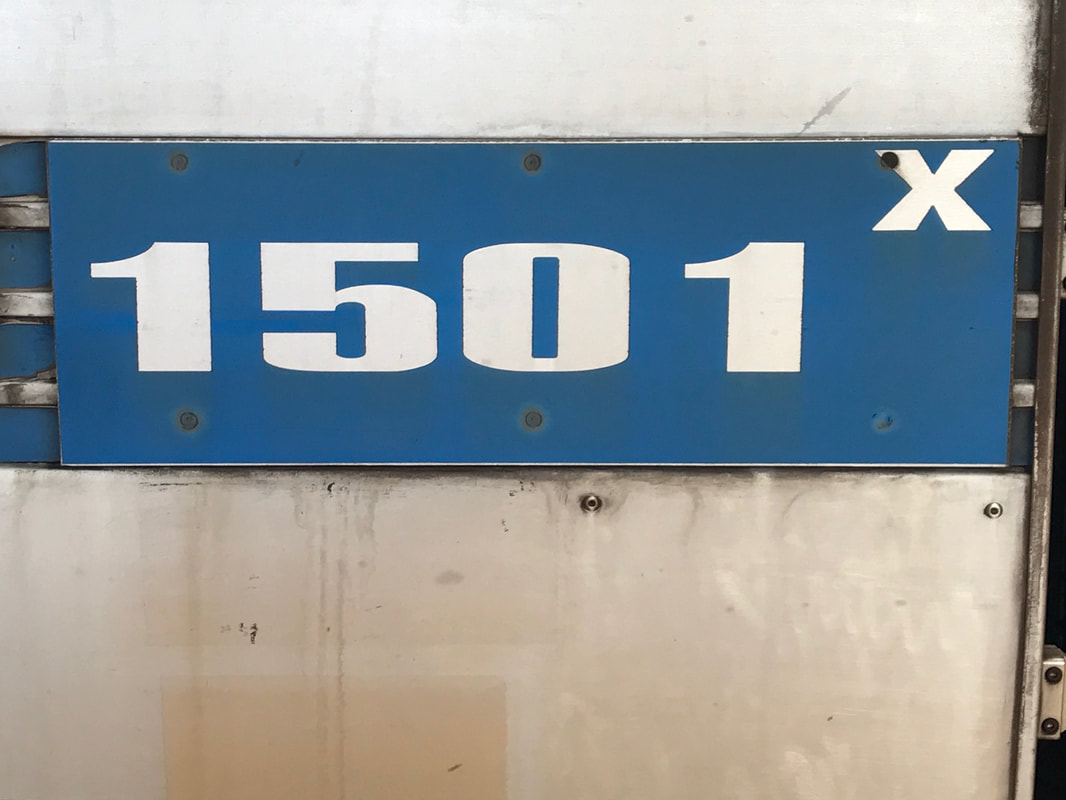
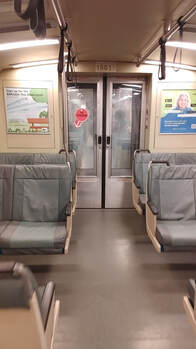
 RSS Feed
RSS Feed
